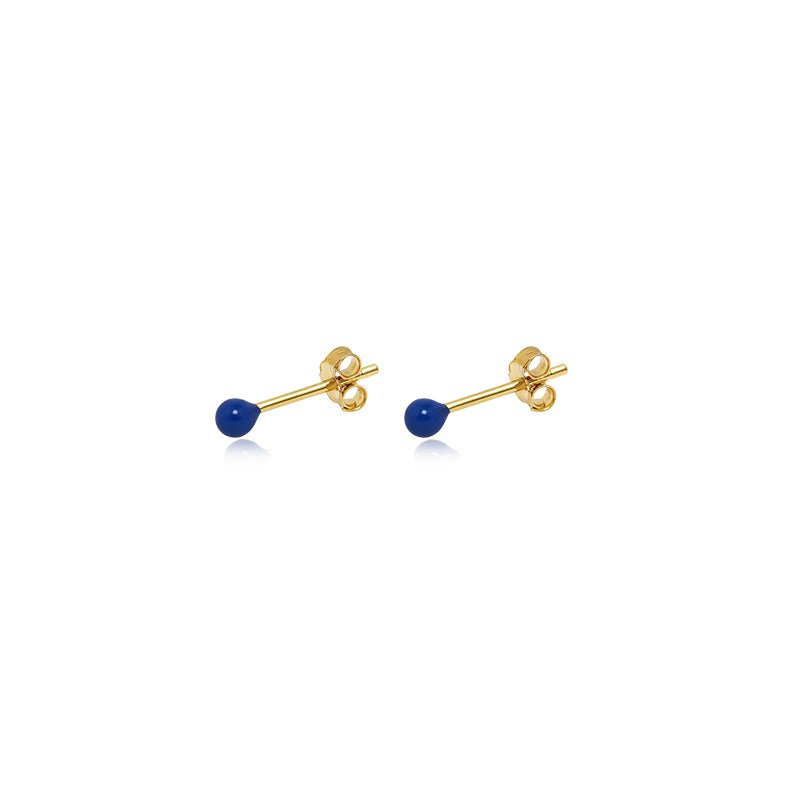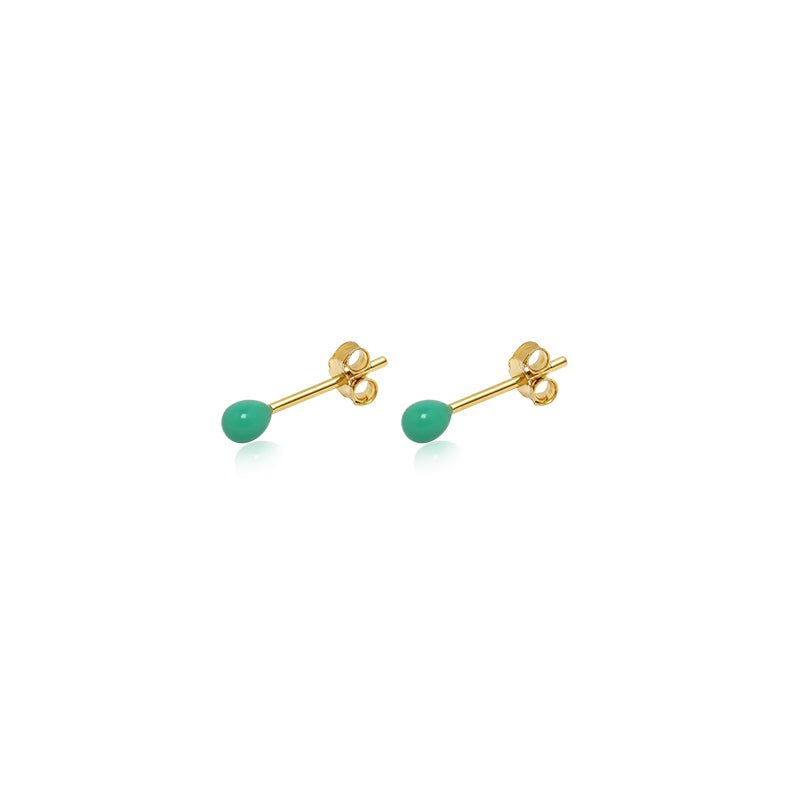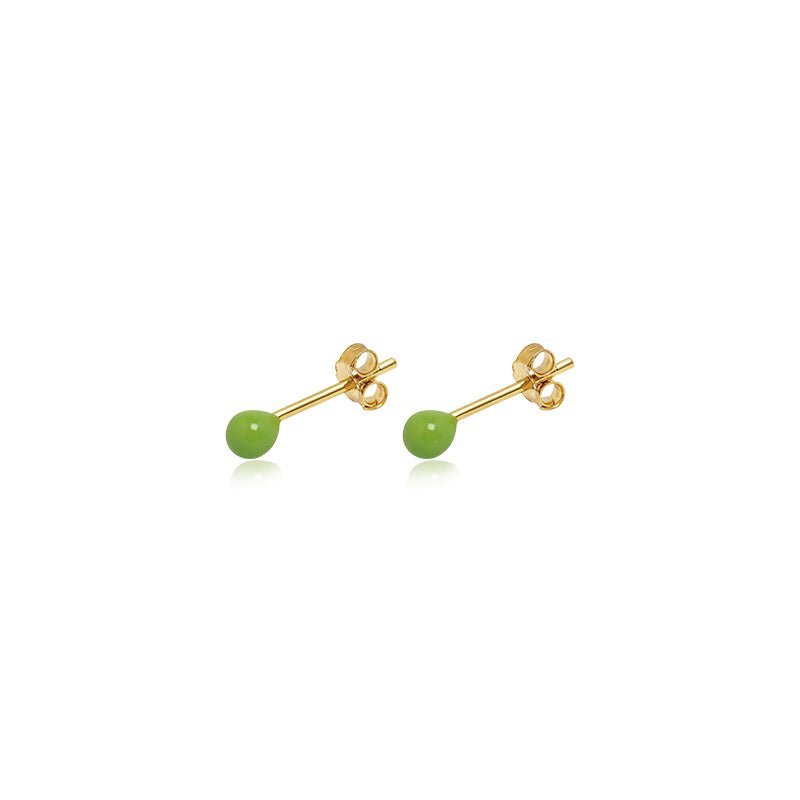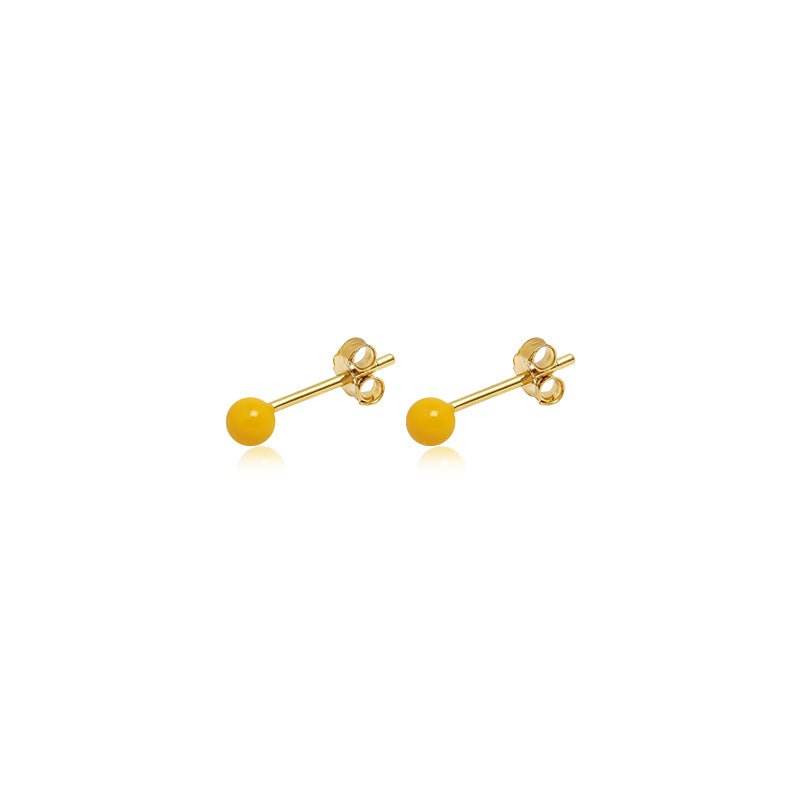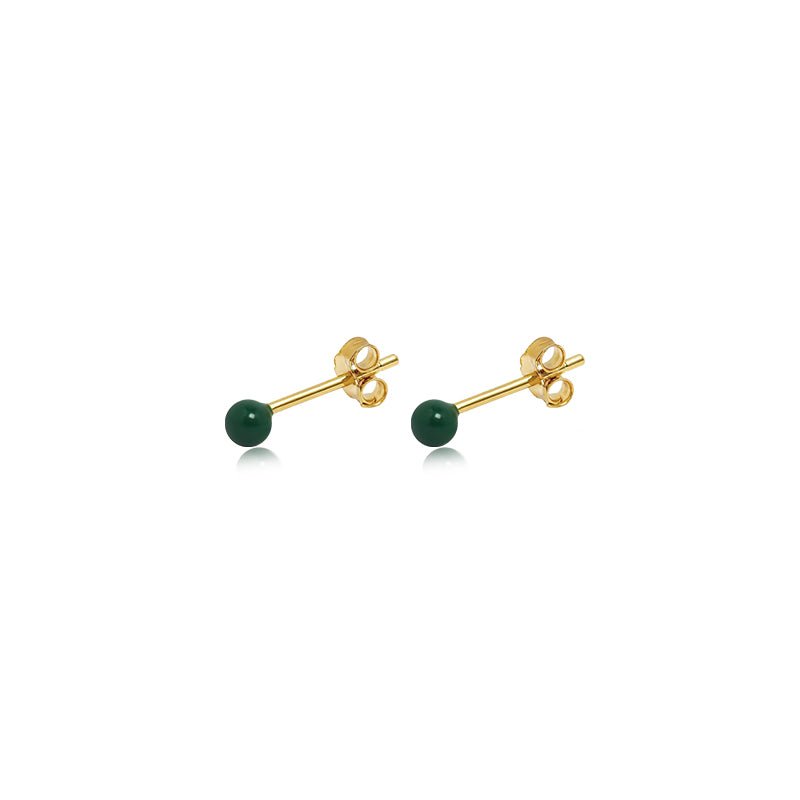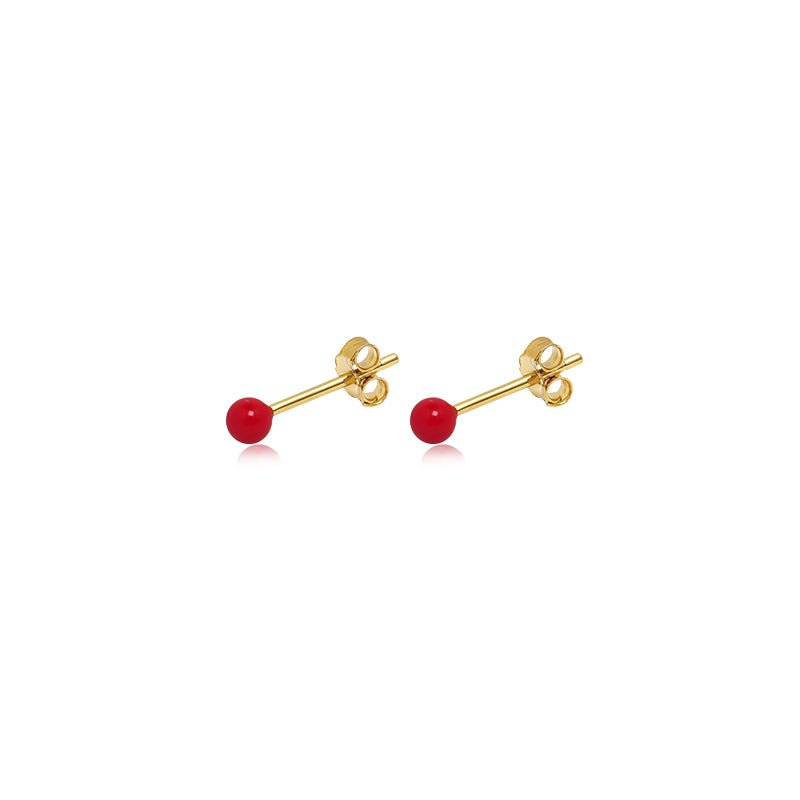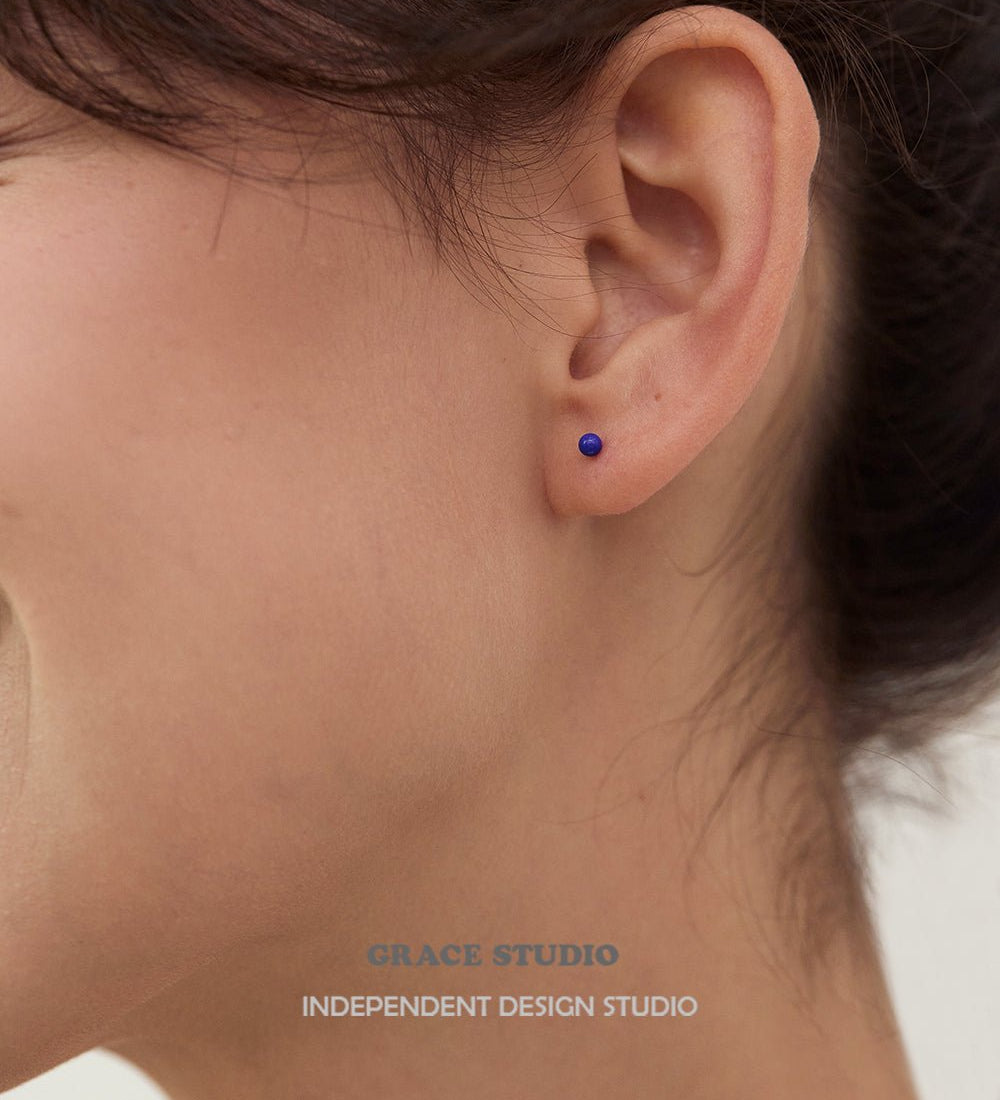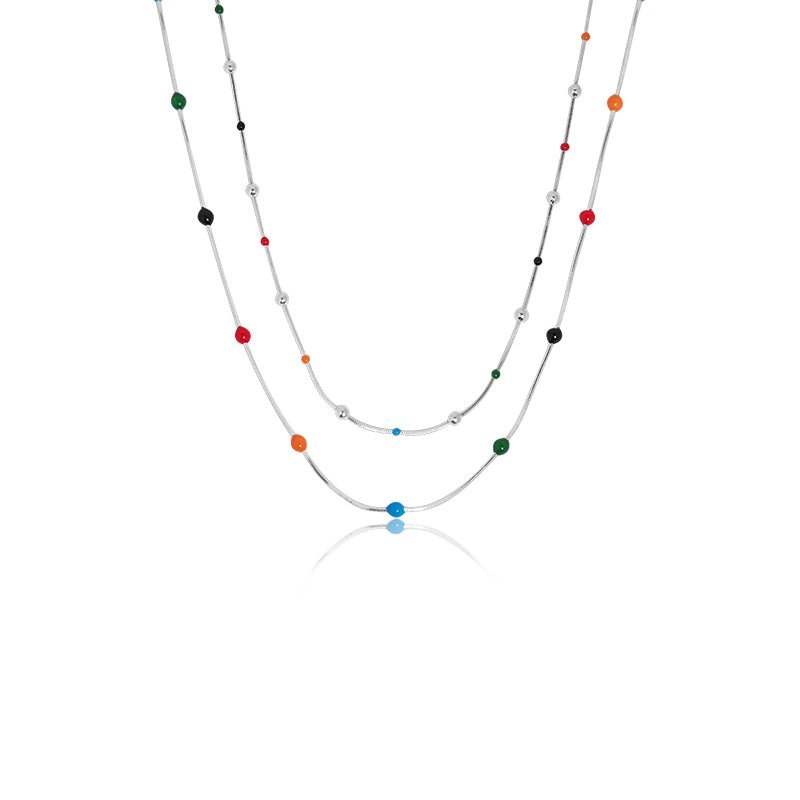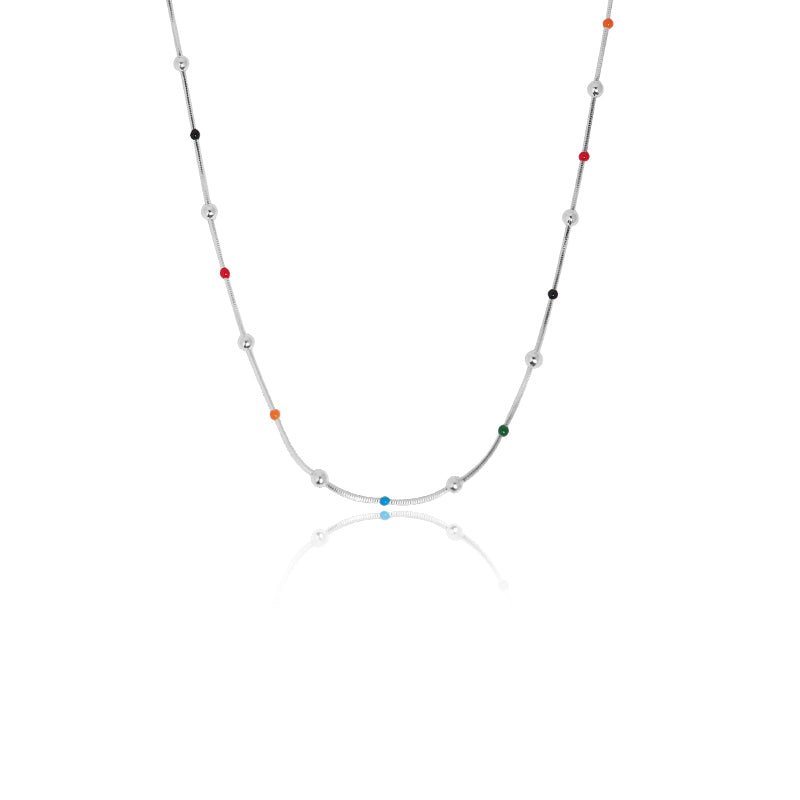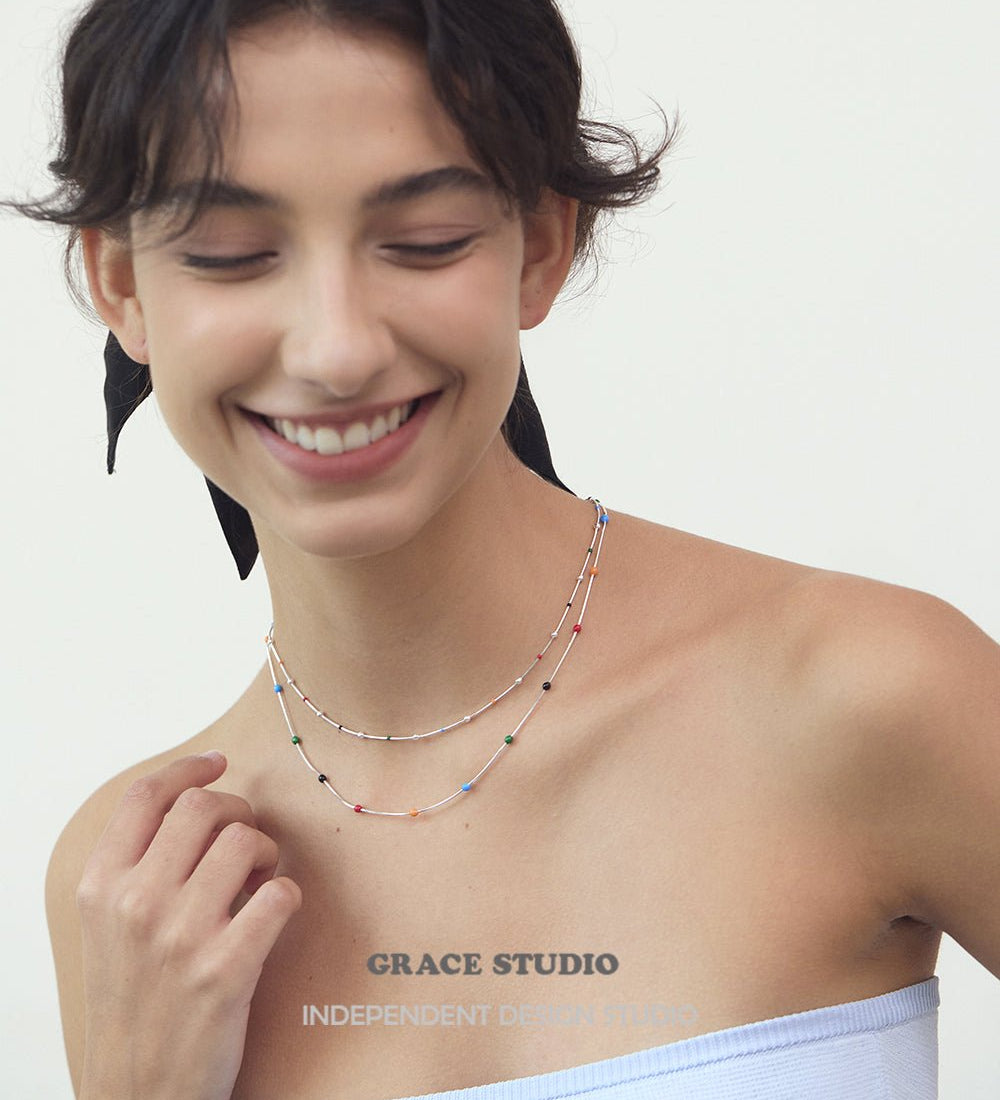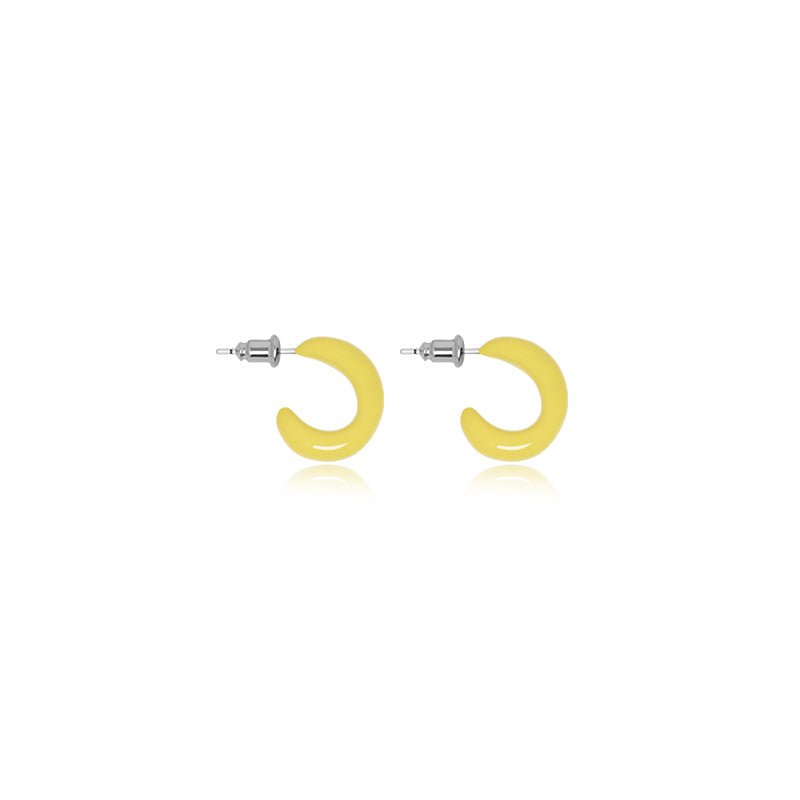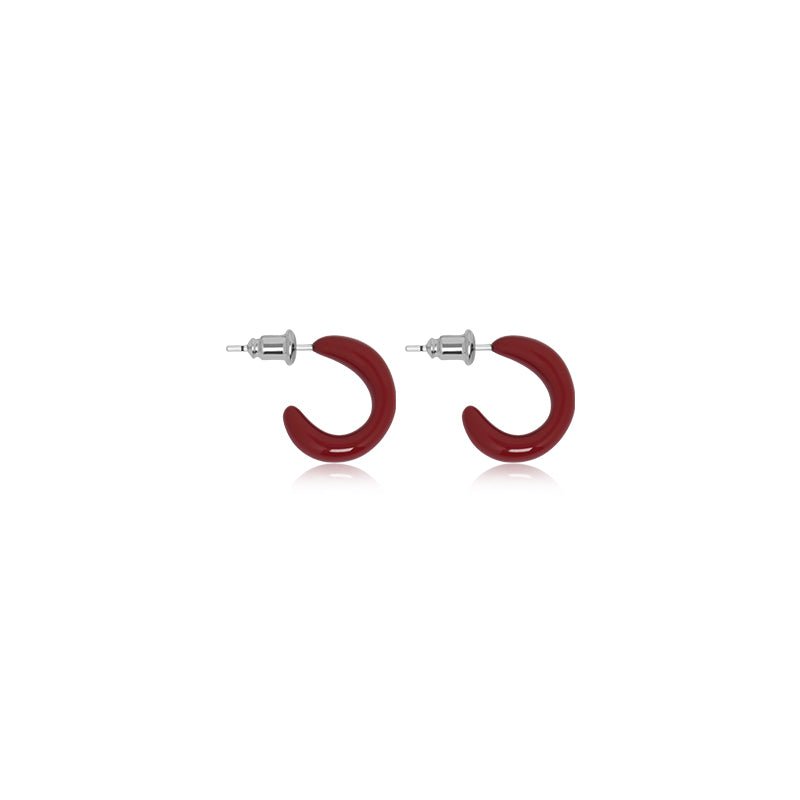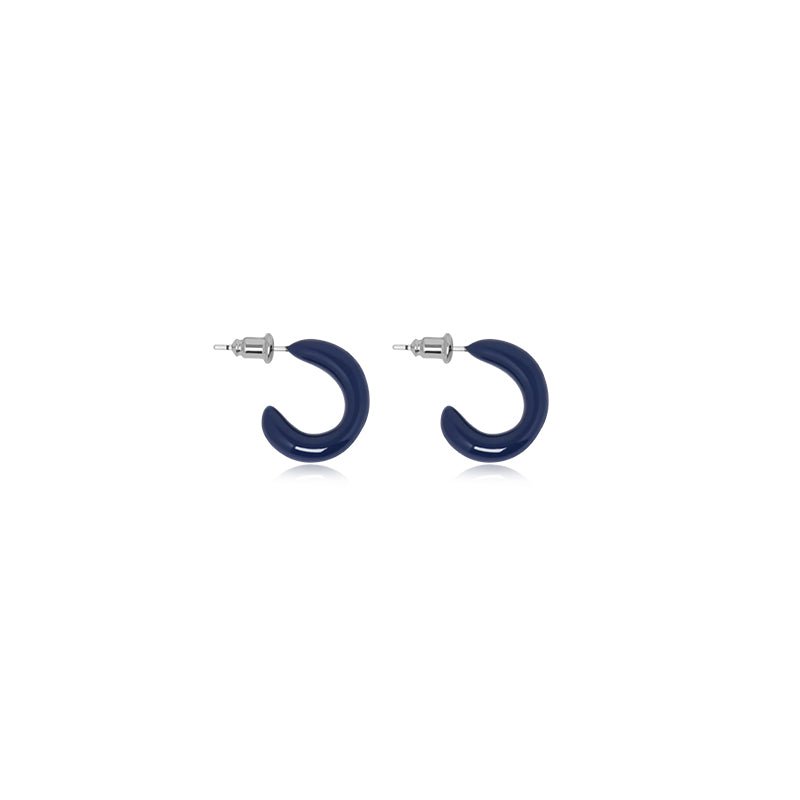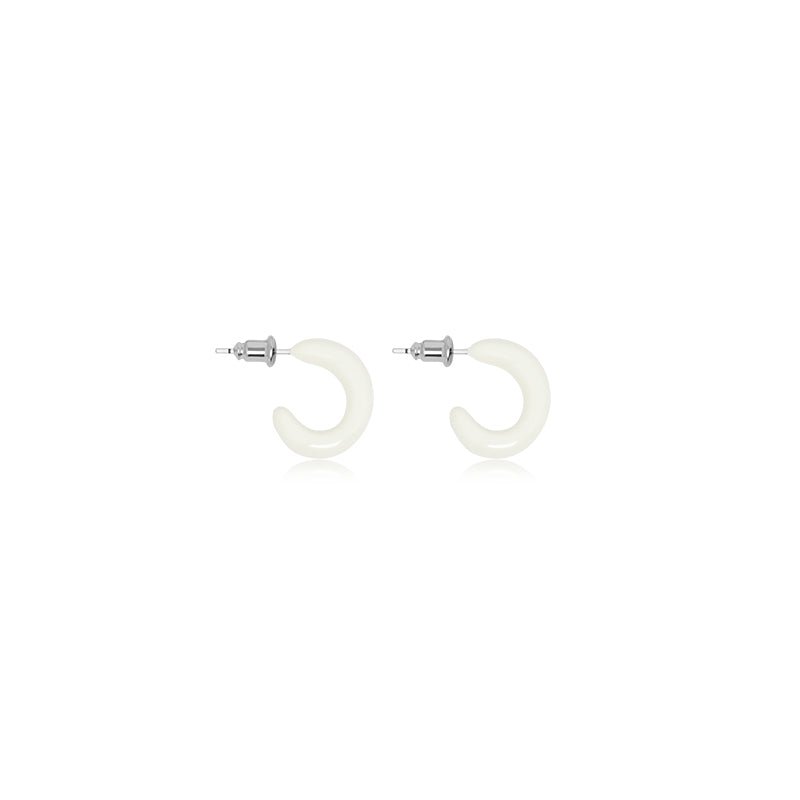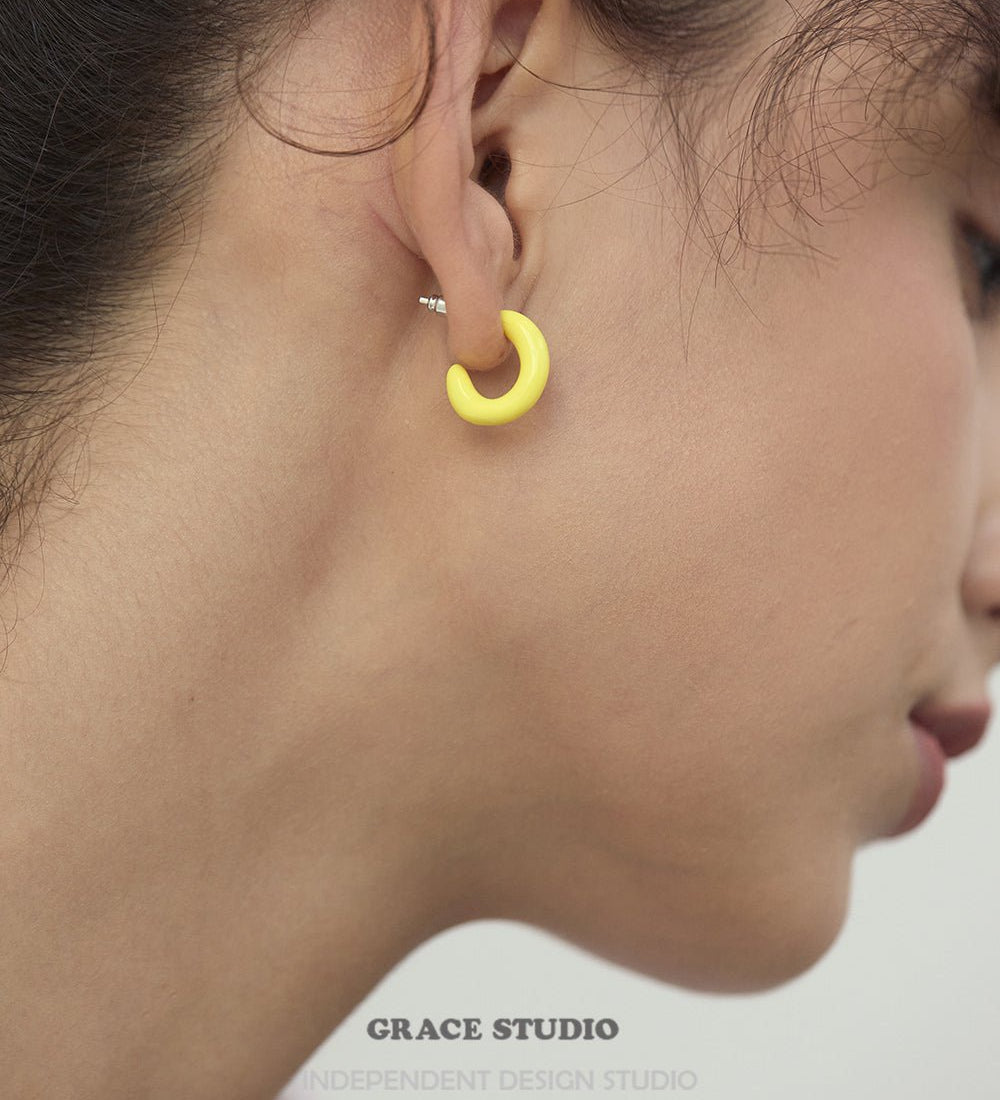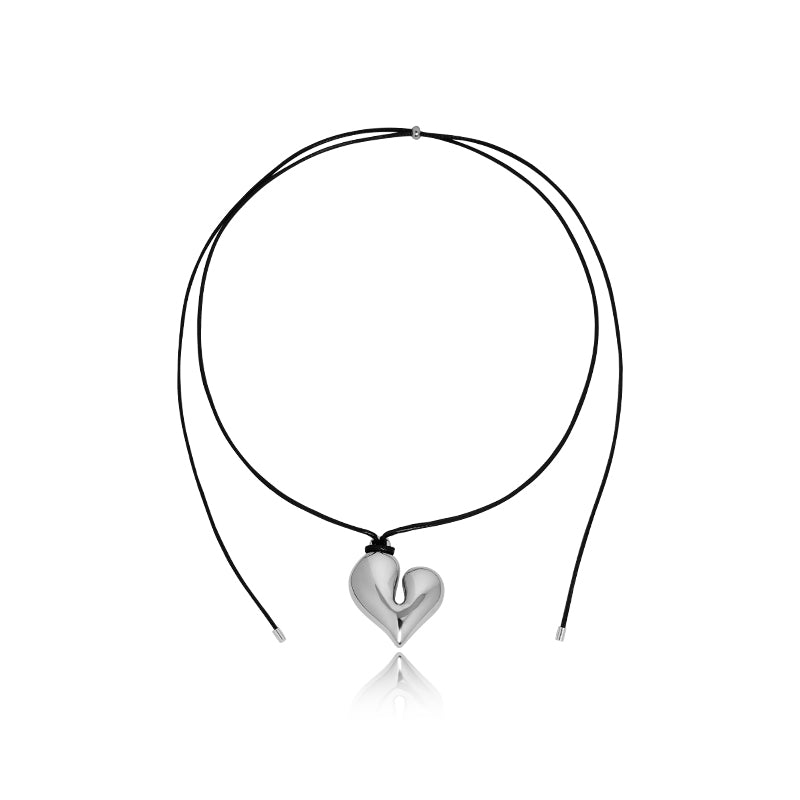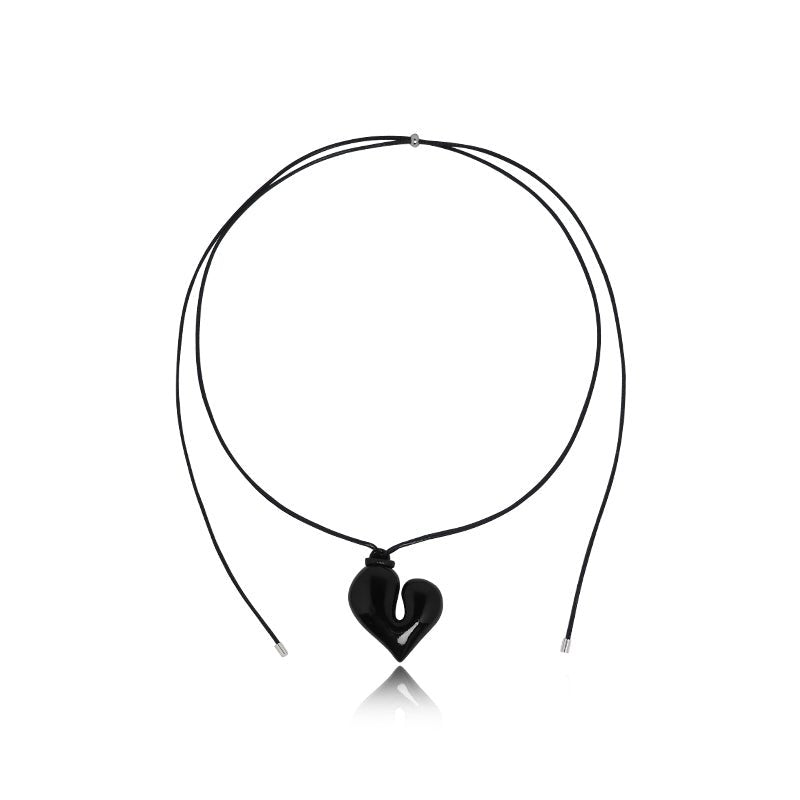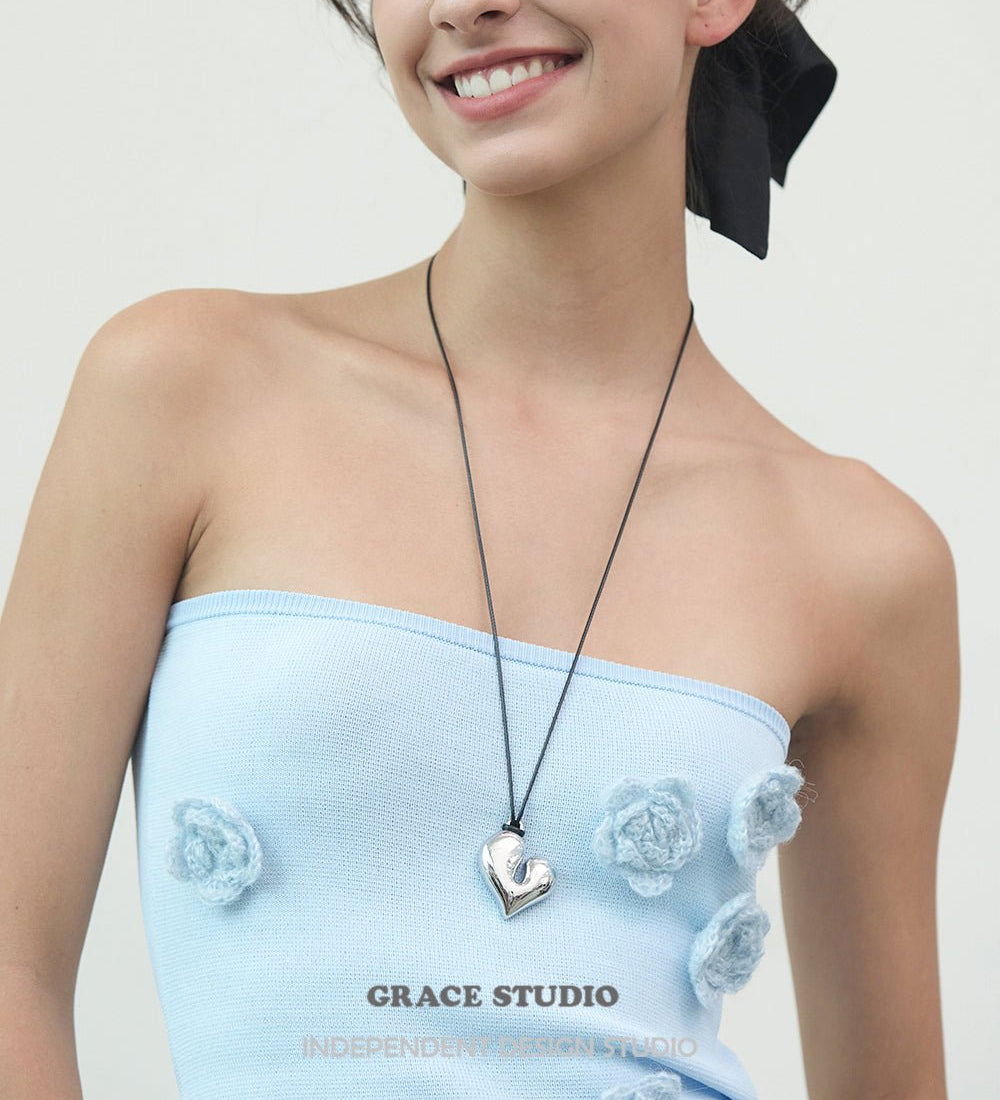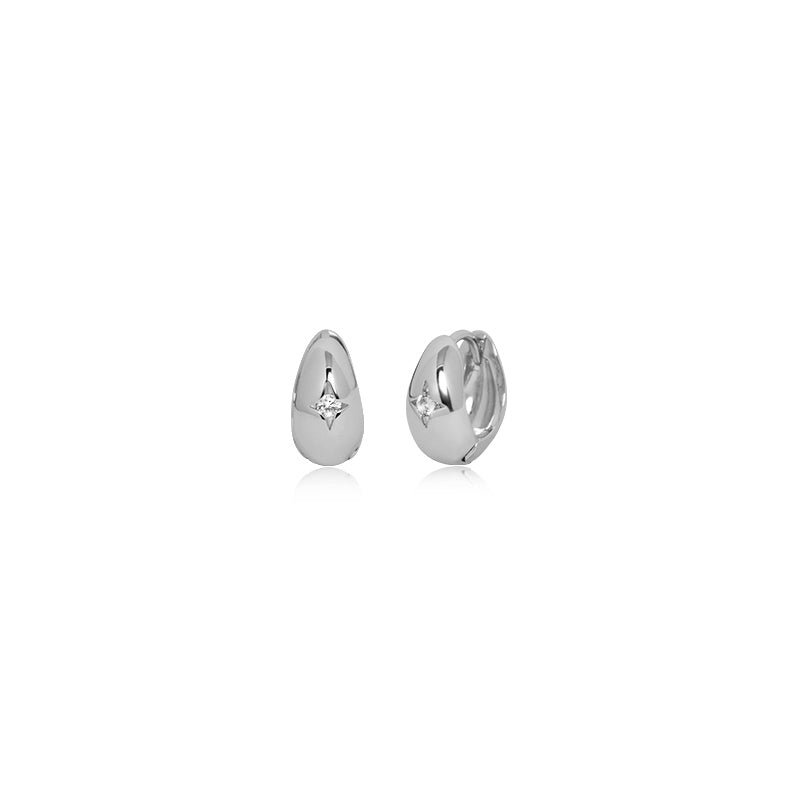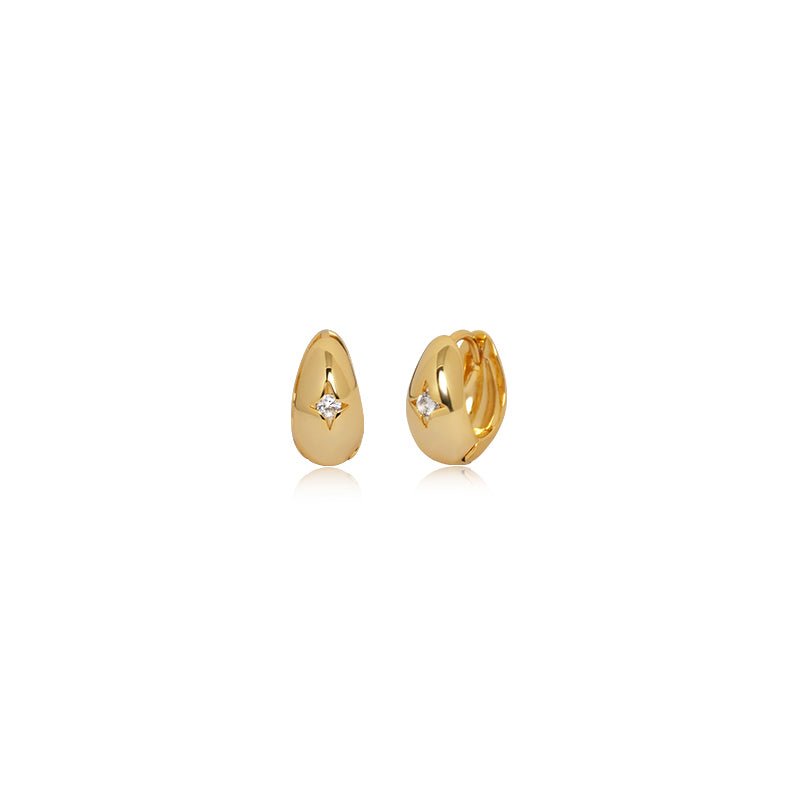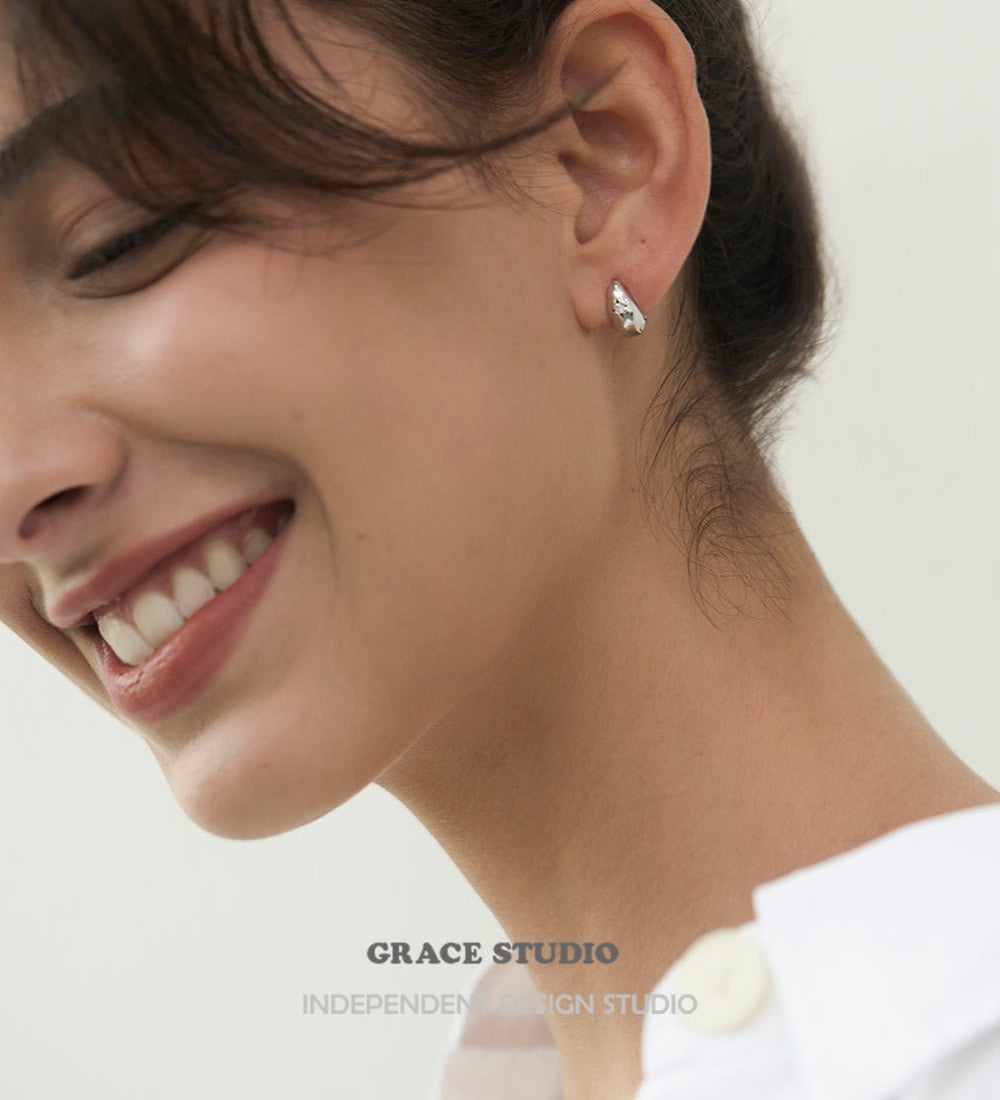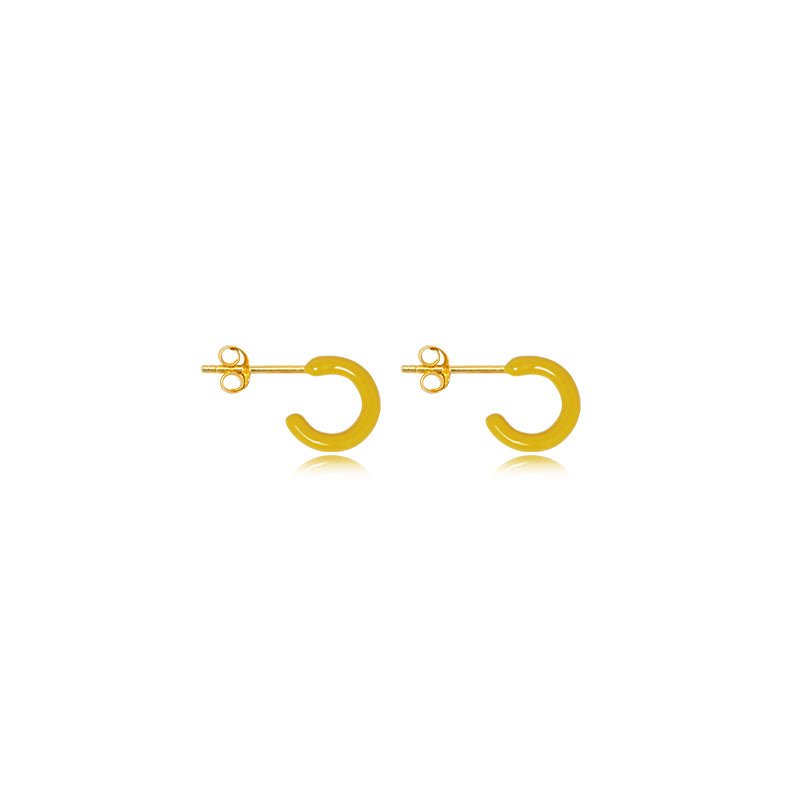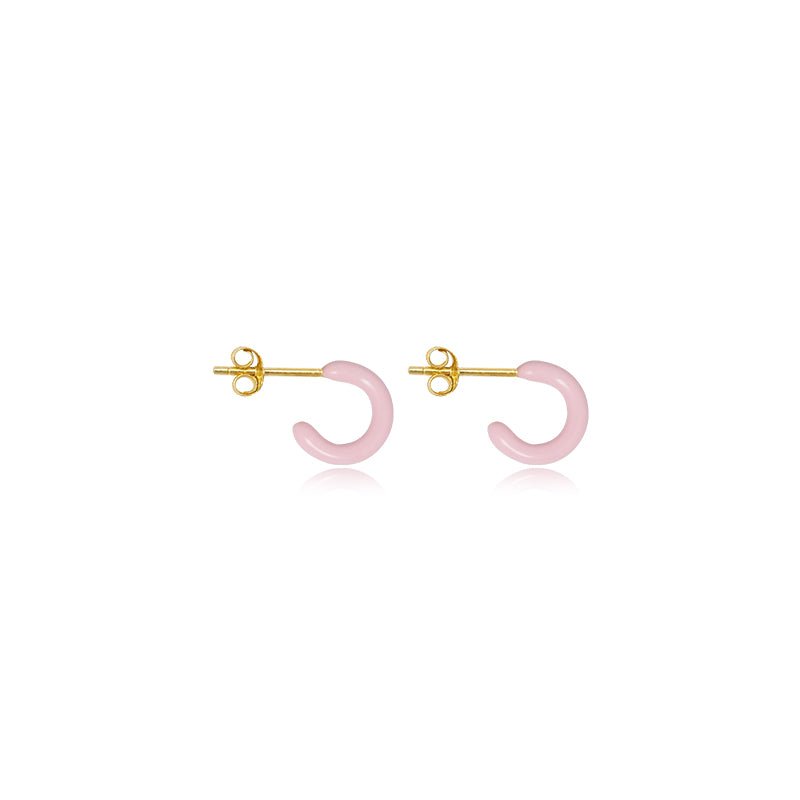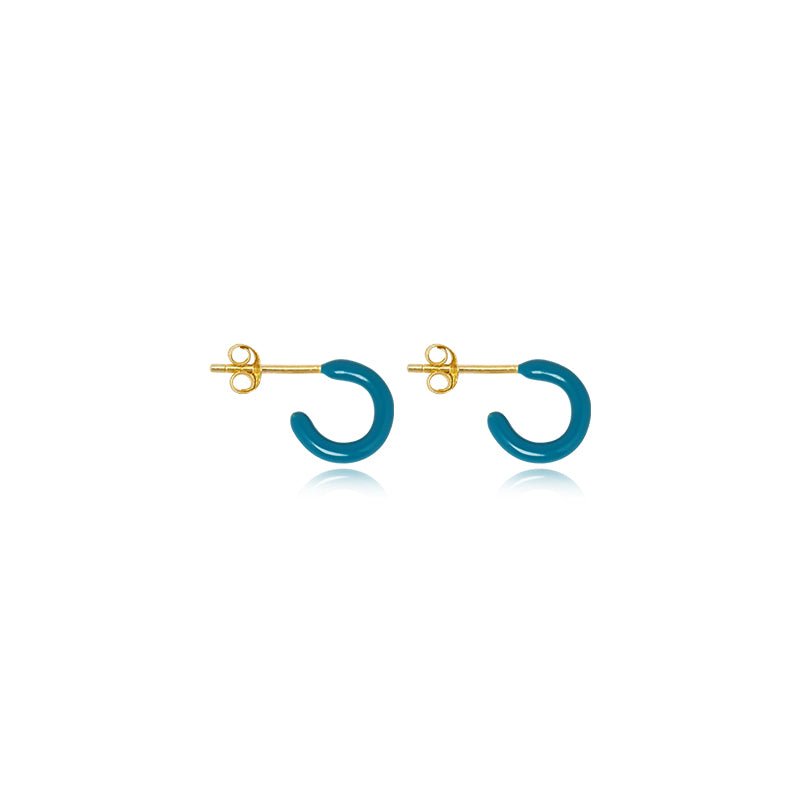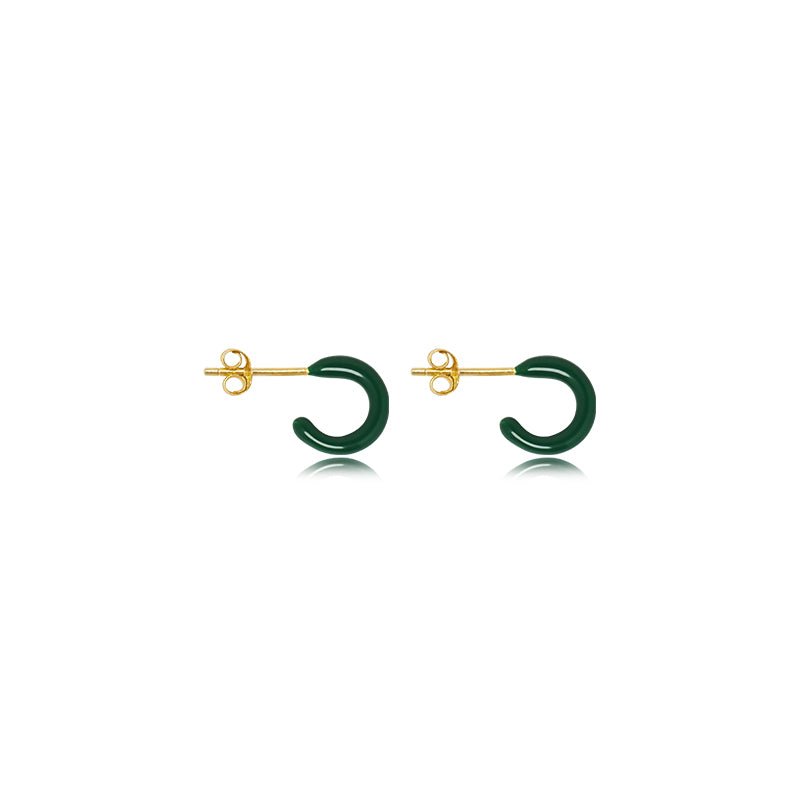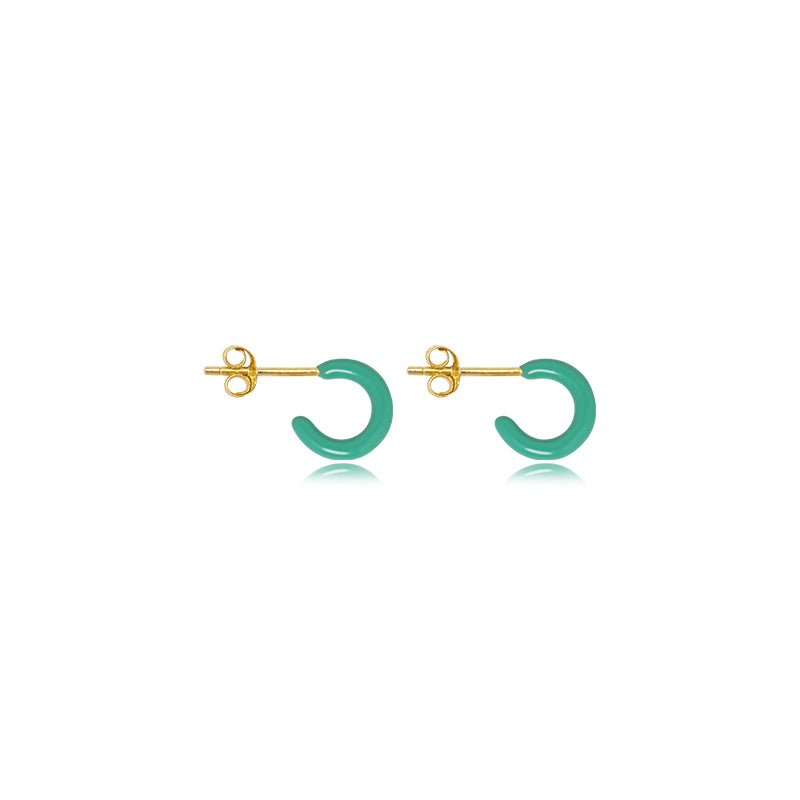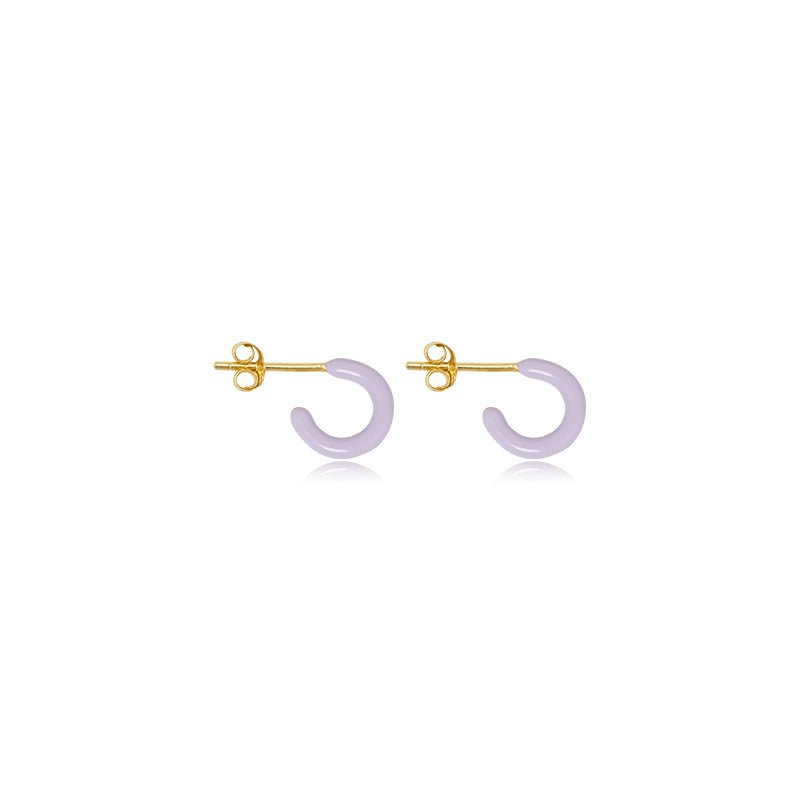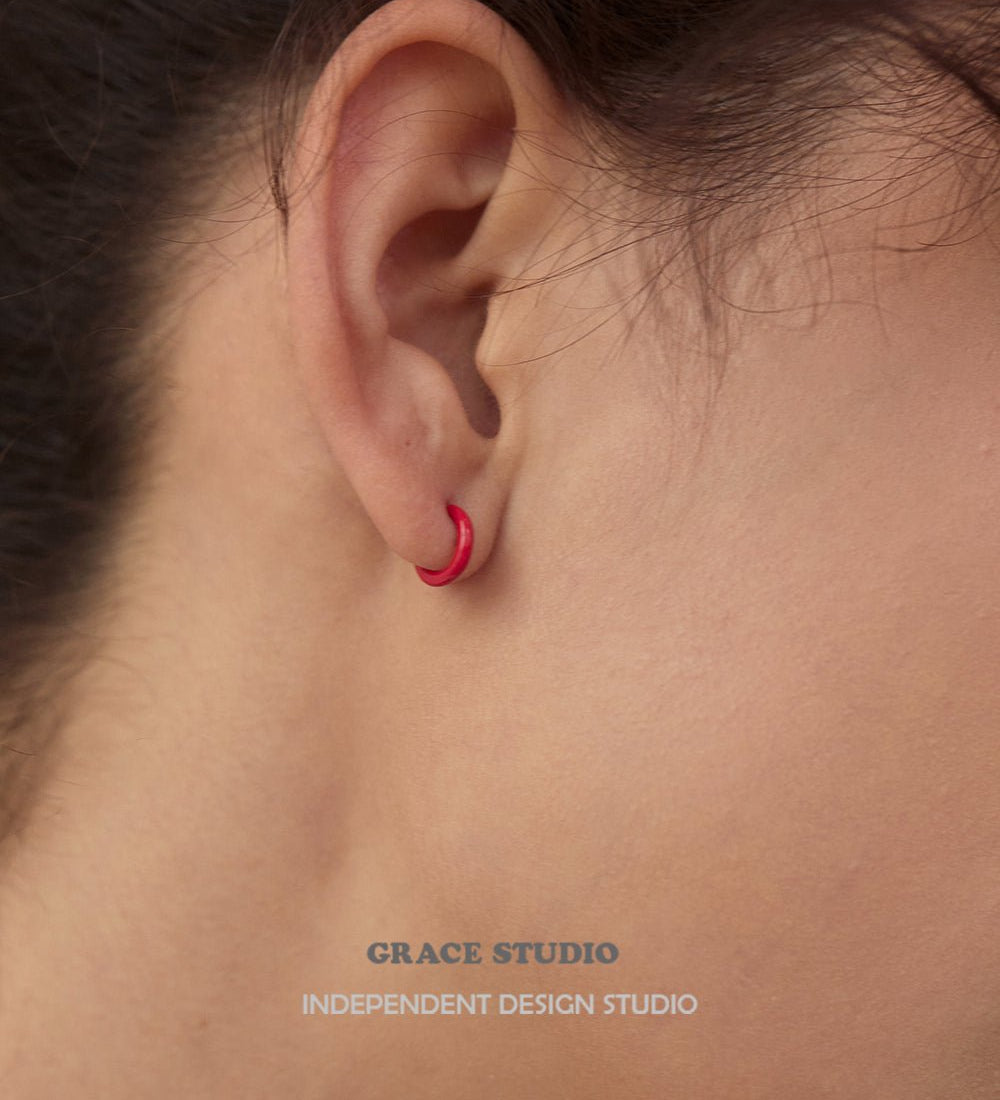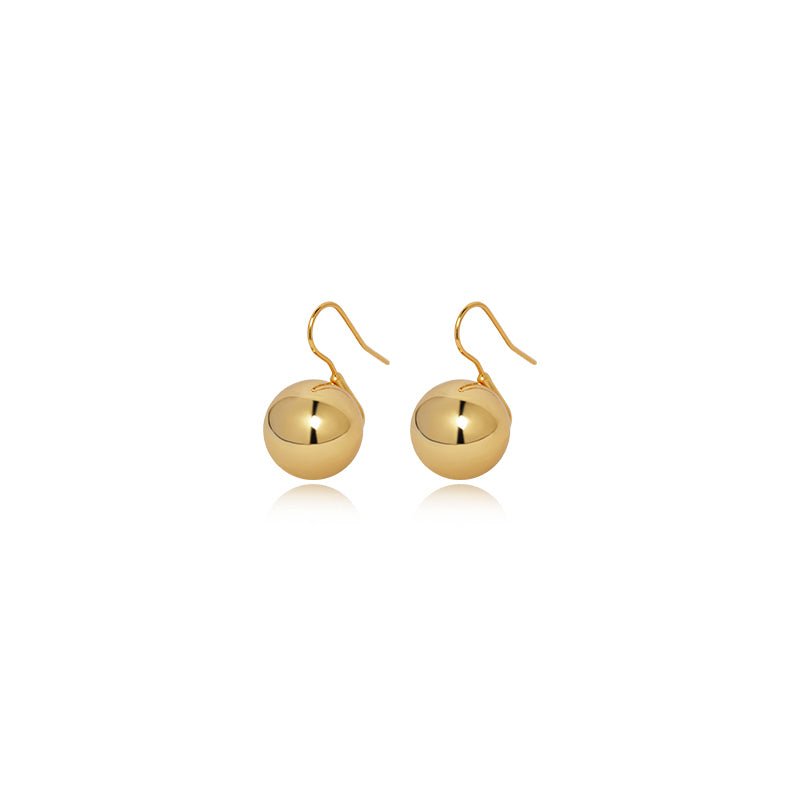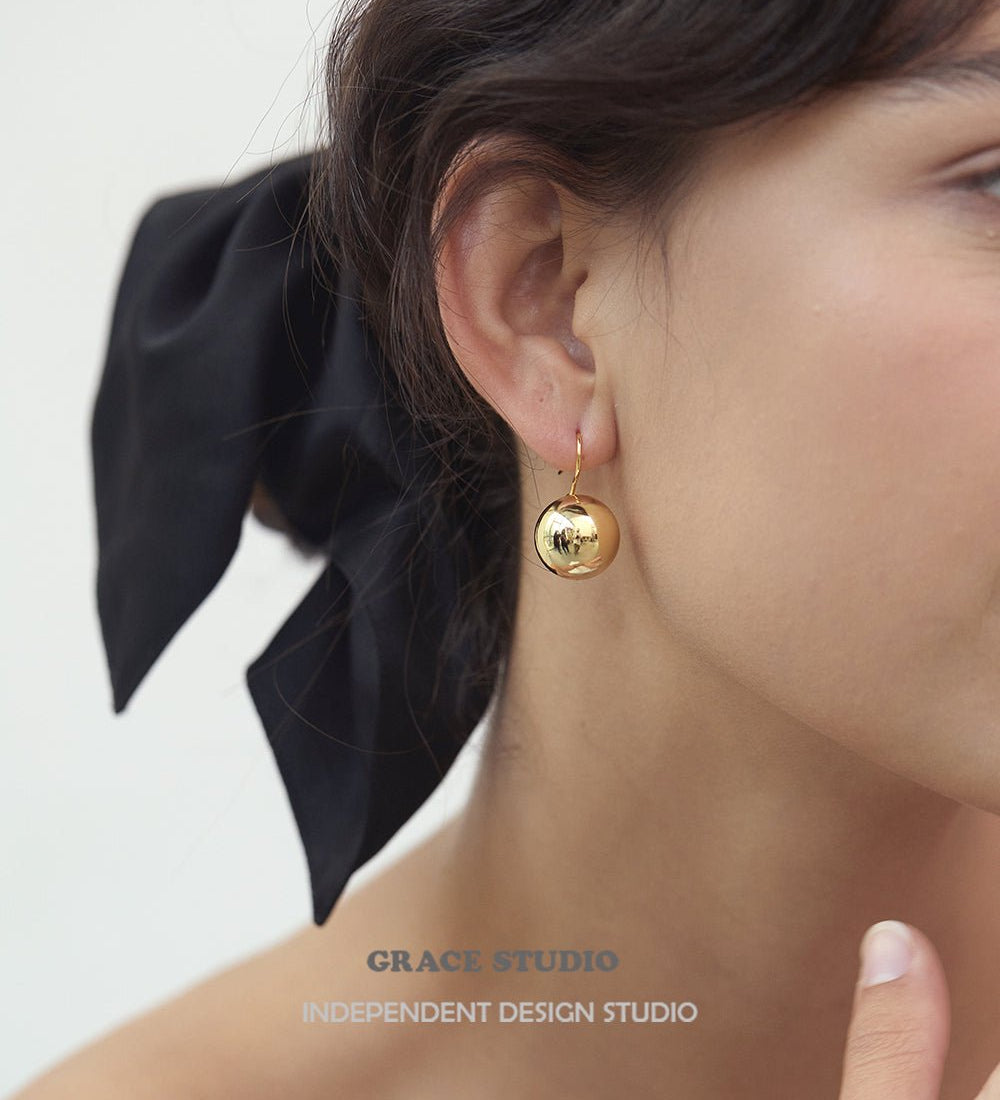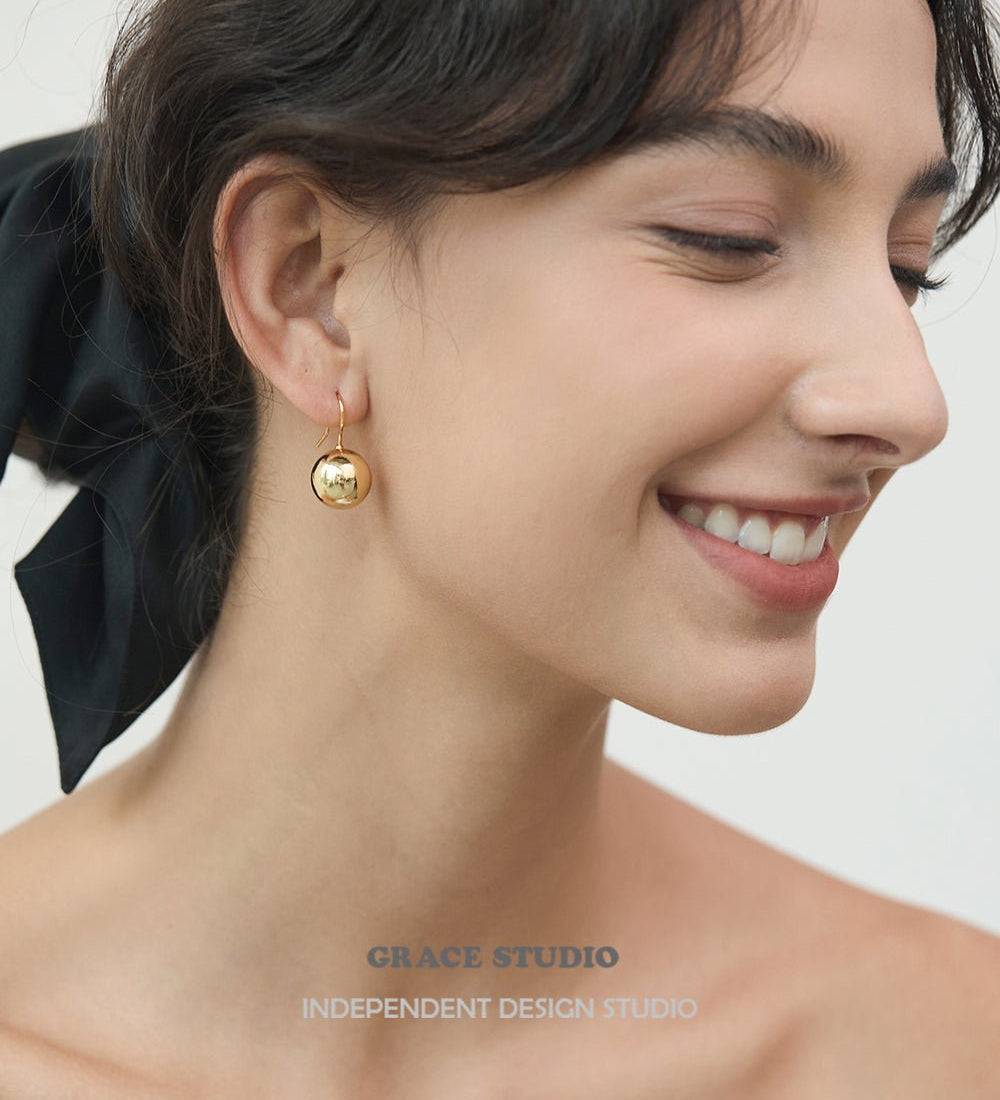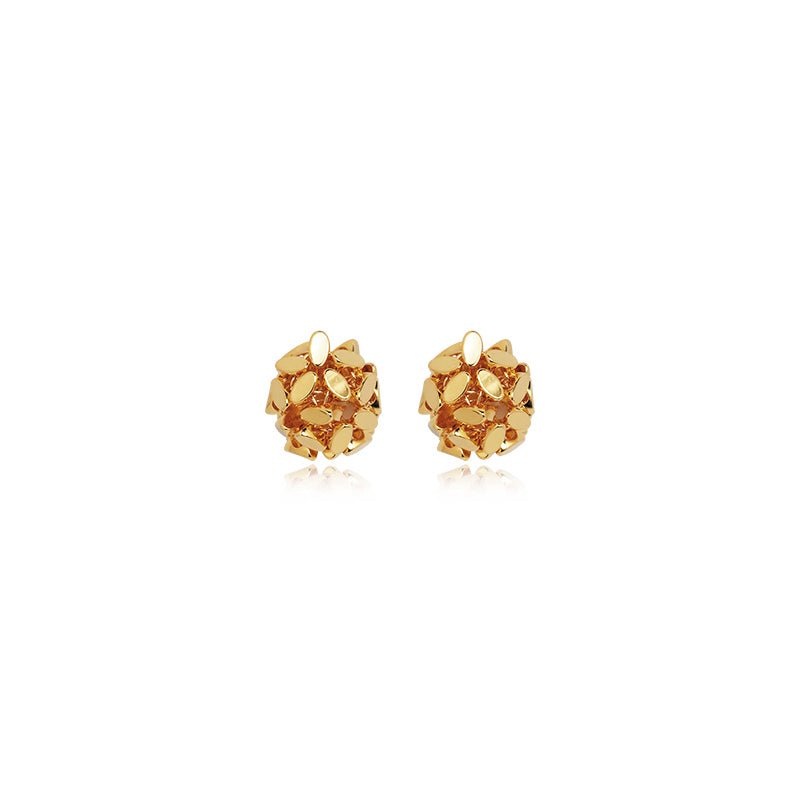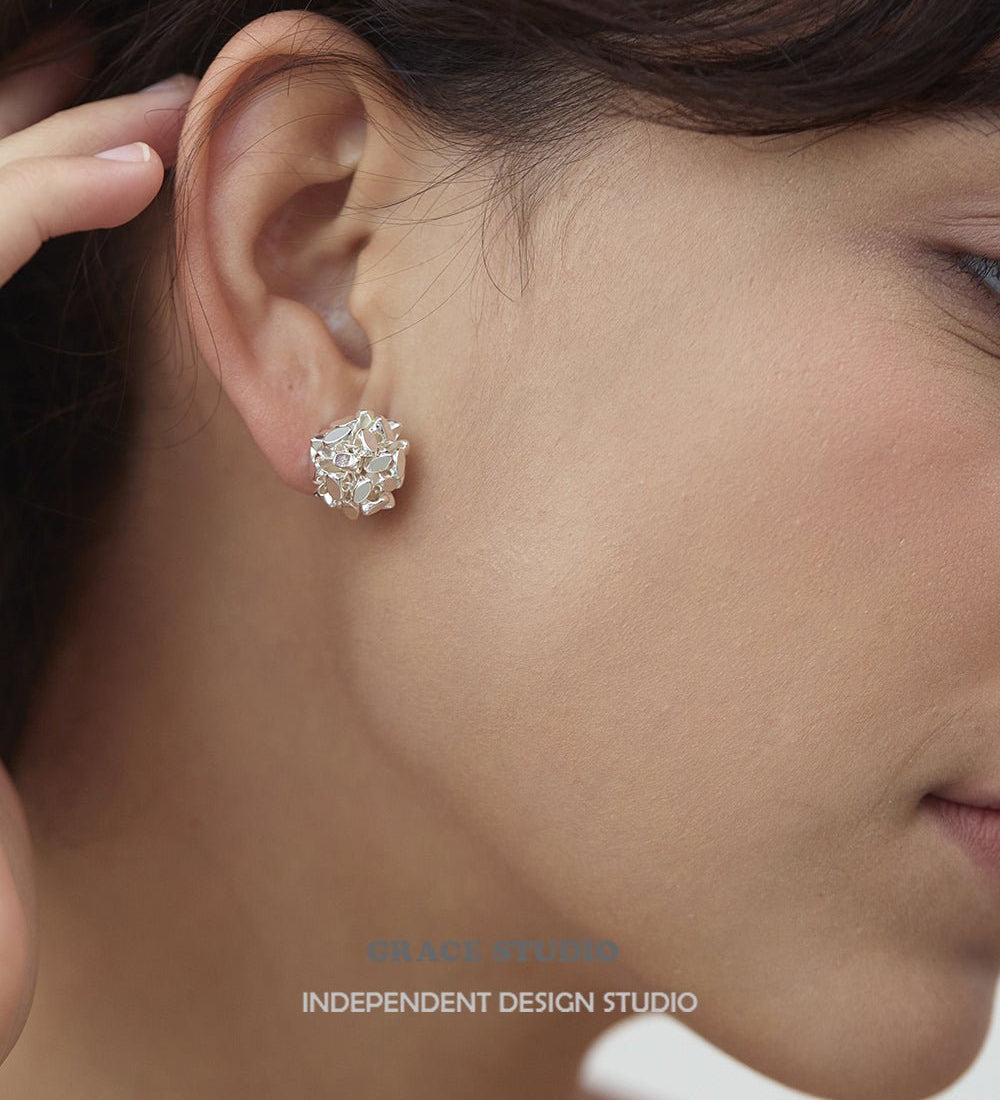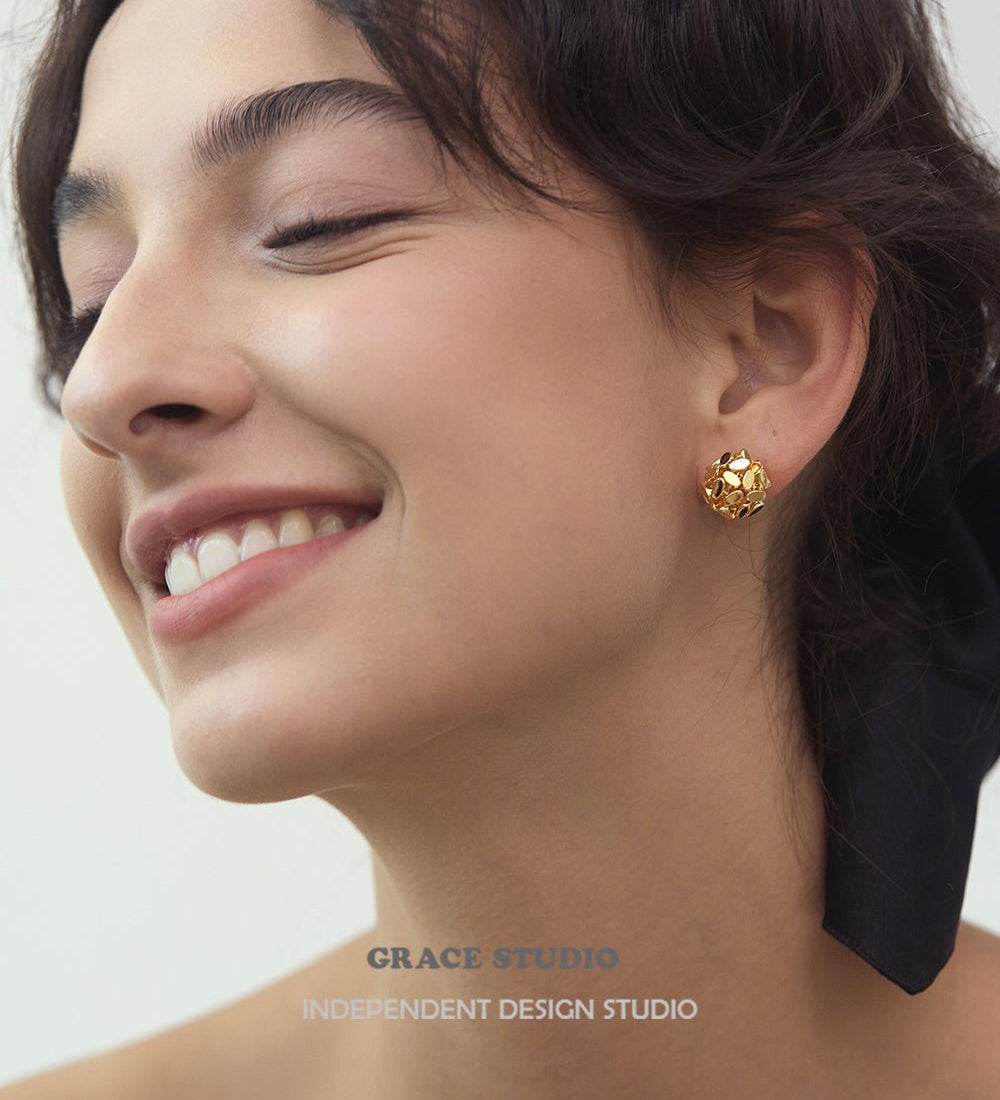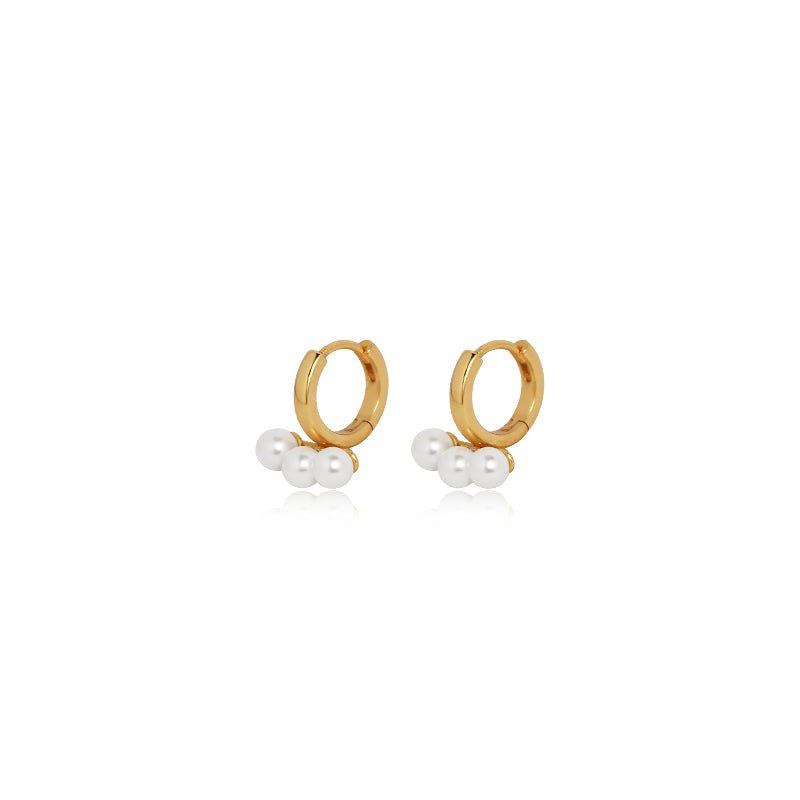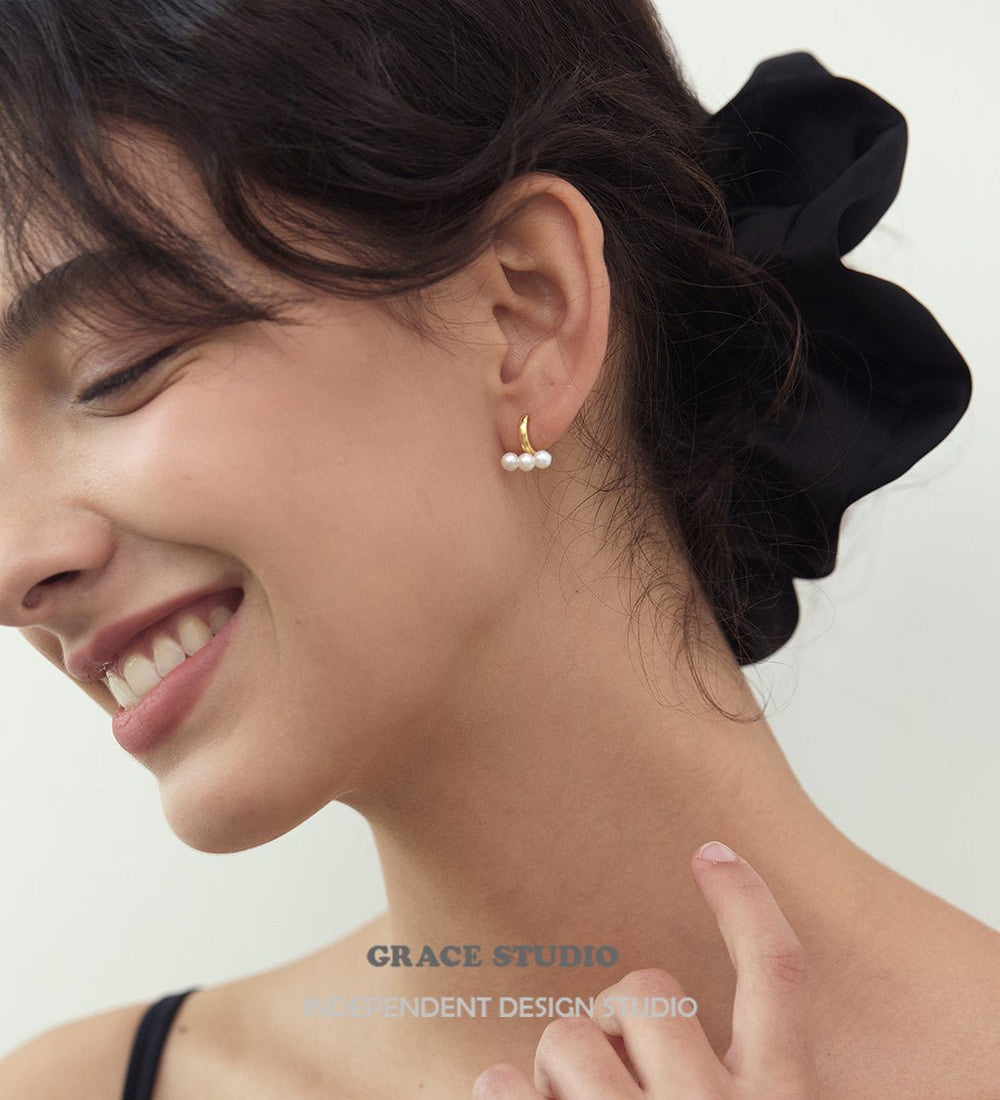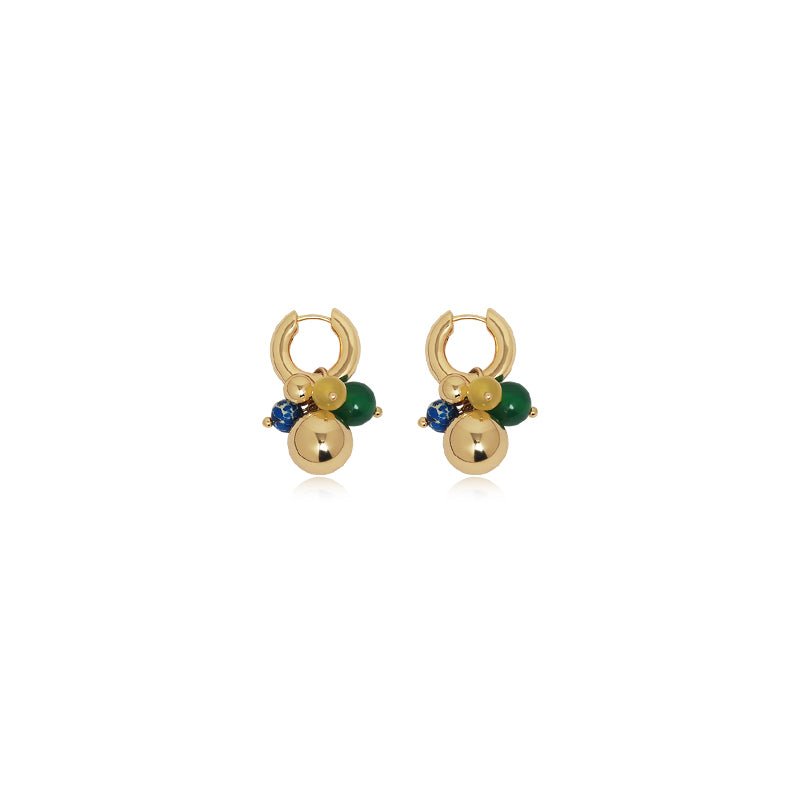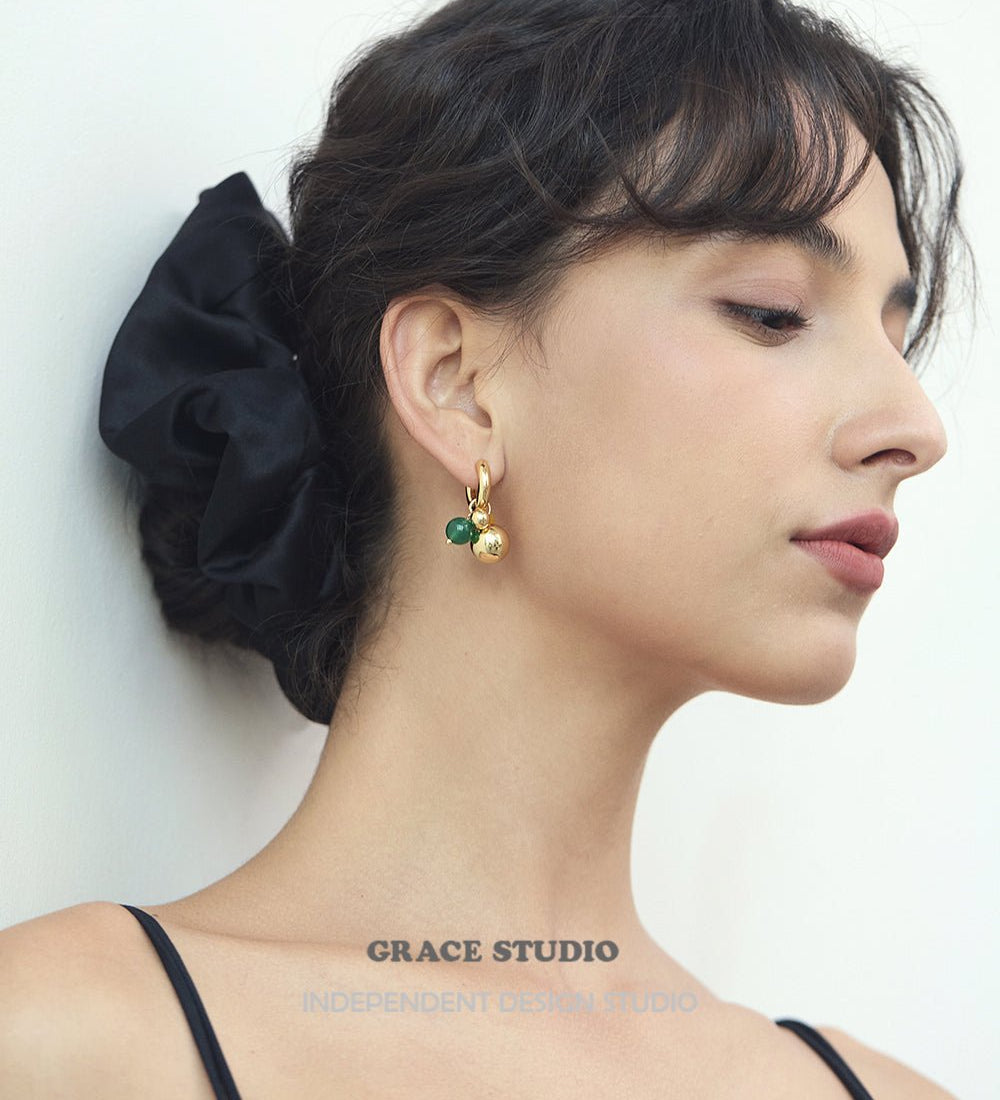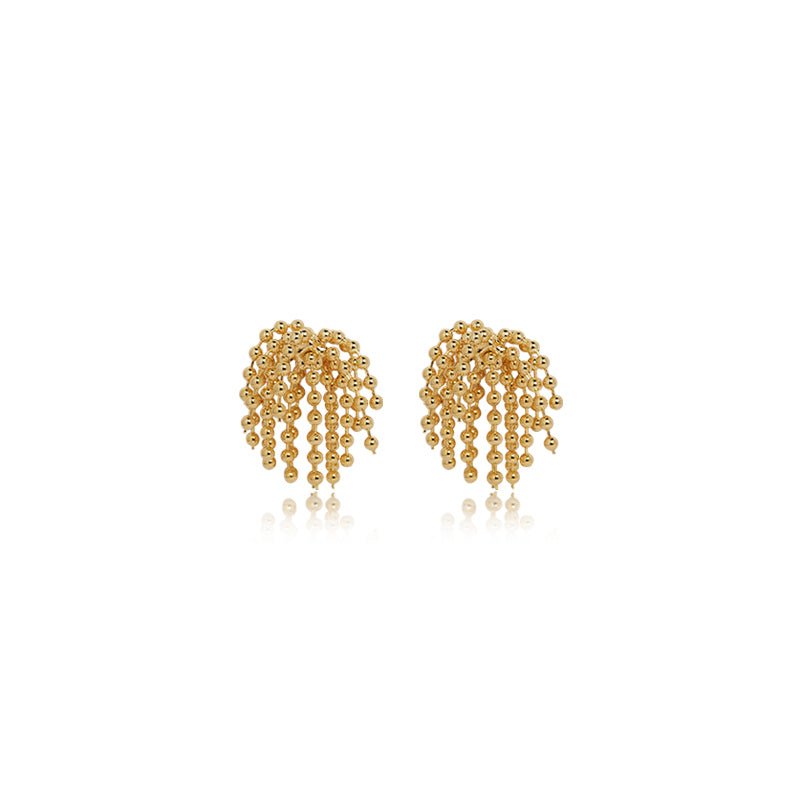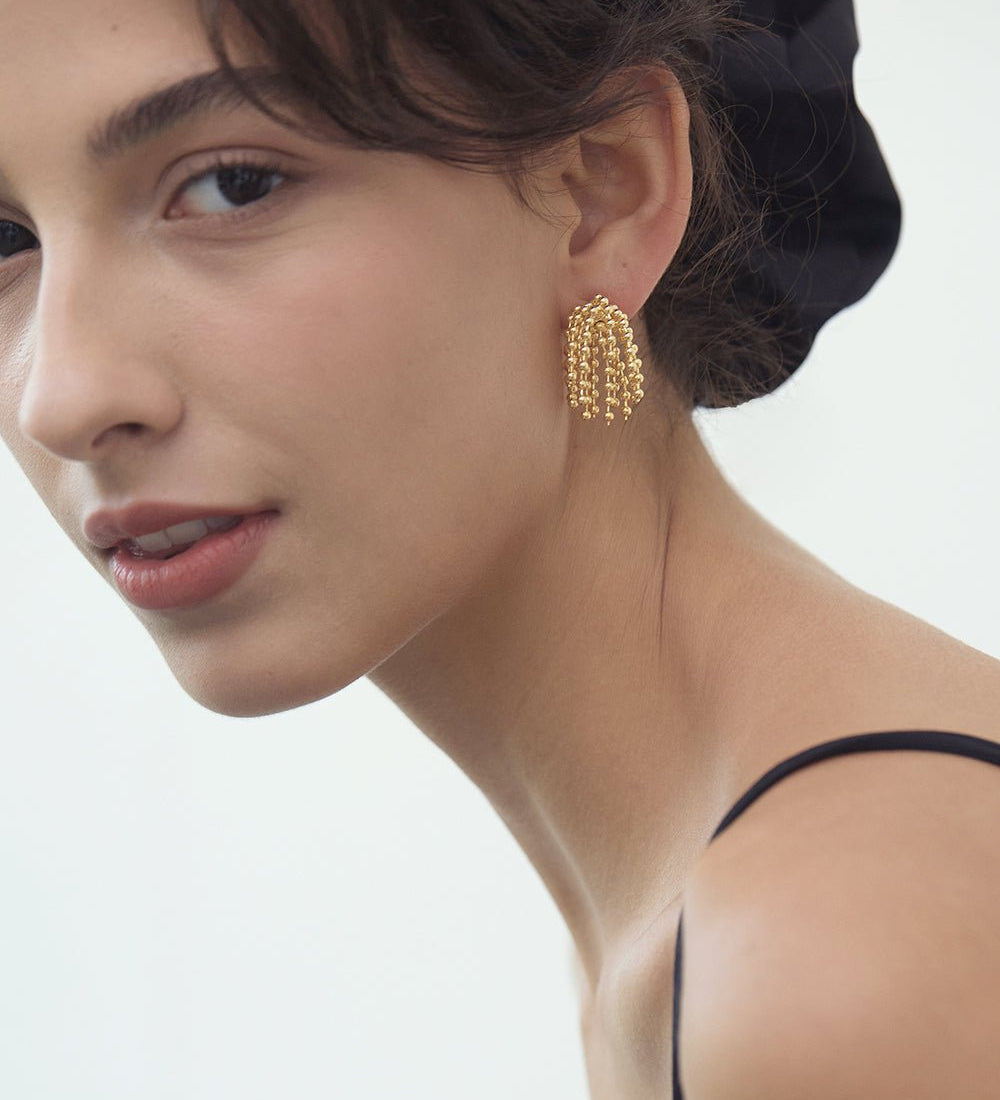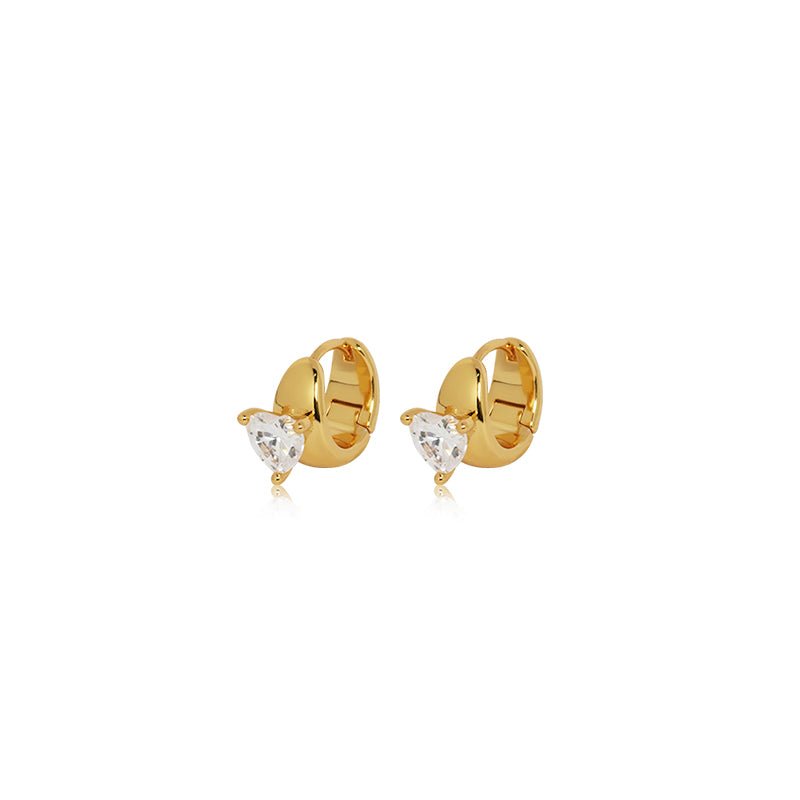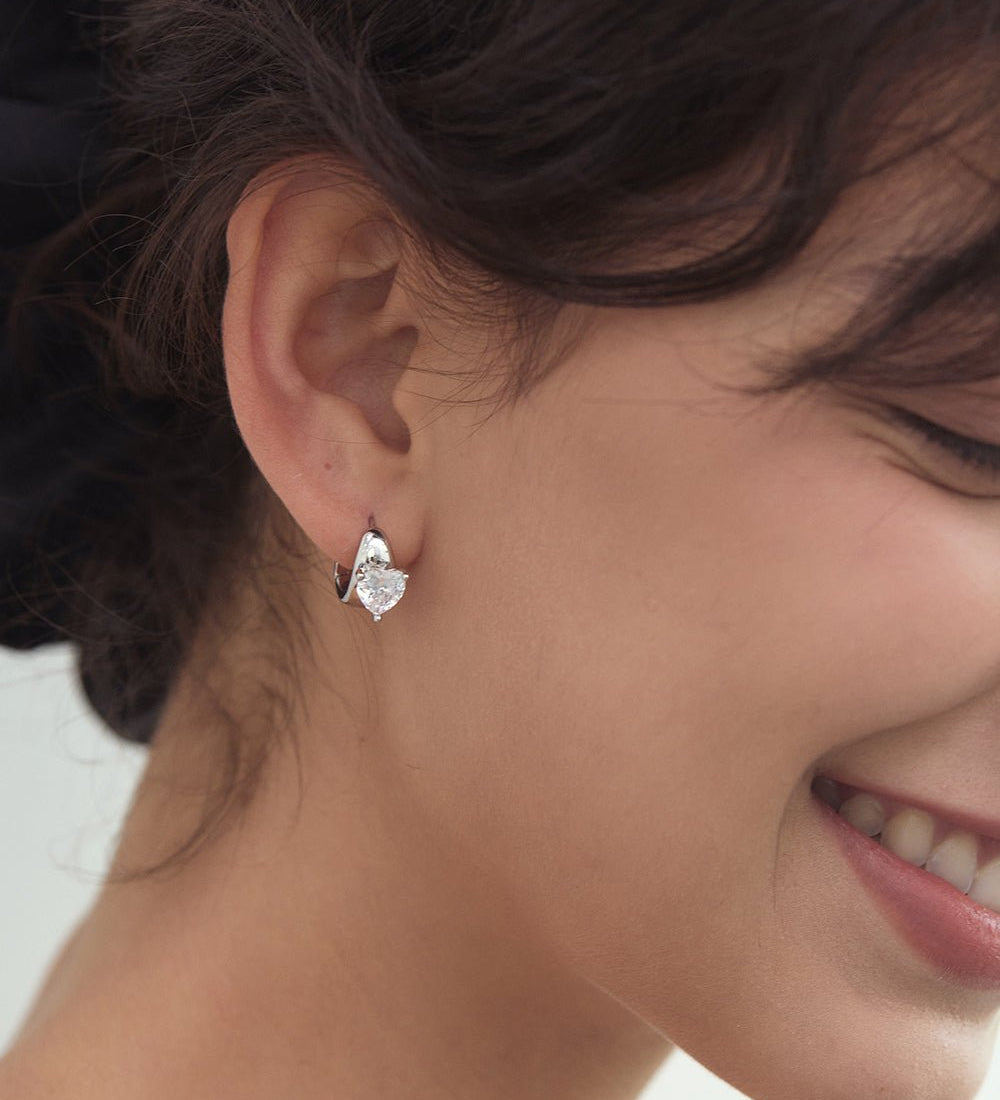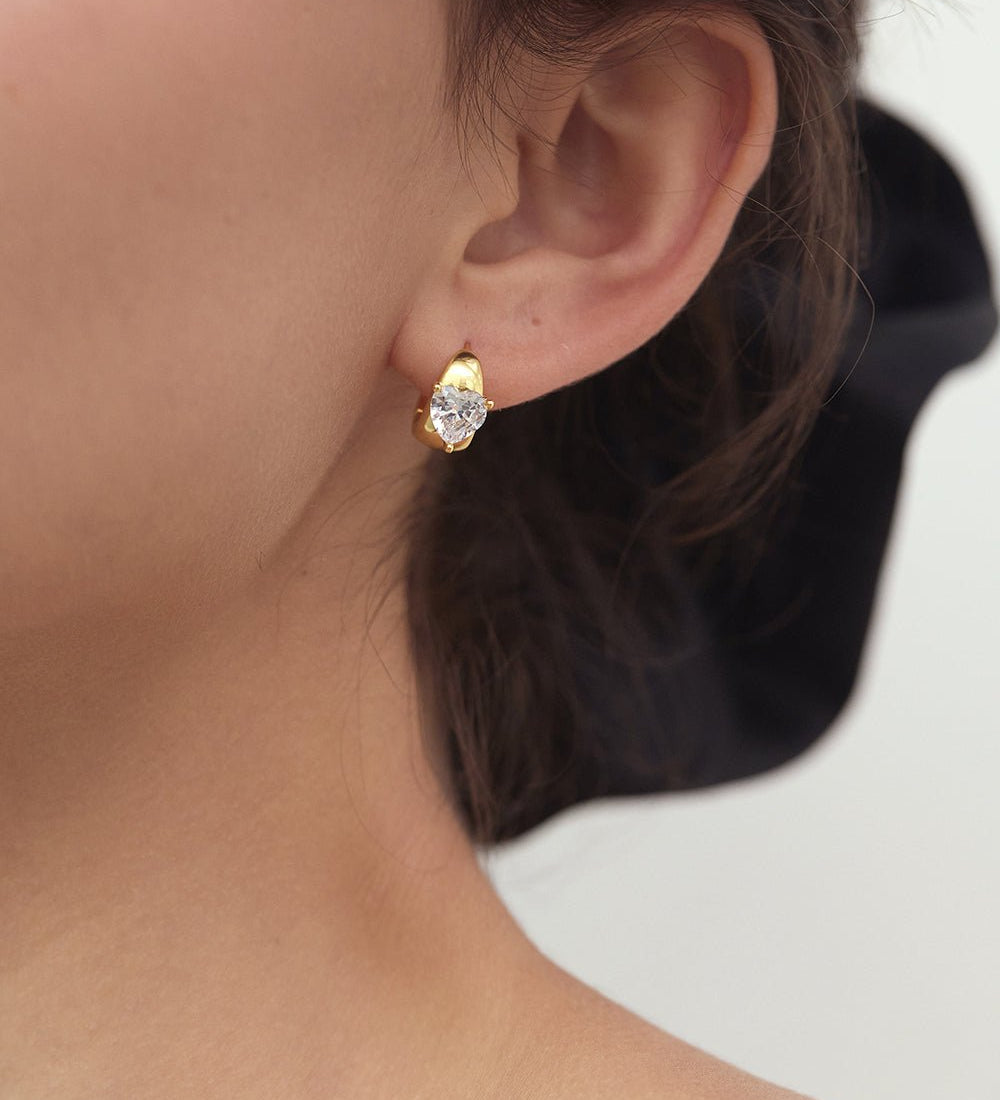How Much Is a Freshwater Pearl? A Beginner’s Guide to Understanding Costs and Value
Welcome to the sparkling world of freshwater pearls! If you’ve ever admired a delicate pearl necklace or wondered about the price tag on those elegant earrings, you’re not alone. Pearls have a timeless charm, and freshwater pearls, in particular, are loved for their affordability and variety. But how much is a freshwater pearl worth? Is it a budget-friendly gem or a luxury splurge? And are they even worth it?
In this guide, we’ll walk you through everything you need to know about the cost of freshwater pearls in a friendly, practical way. Whether you’re shopping for a single pearl, a pair of earrings, or a stunning necklace, we’ll break down the factors that affect prices, share real-world examples, and offer tips to help you make a smart purchase. By the end, you’ll feel confident navigating the pearl market, spotting quality, and finding pieces that fit your budget. Let’s dive in!
Understanding Freshwater Pearls
Before we talk dollars and cents, let’s get to know freshwater pearls. These gems are a fantastic starting point for beginners because they’re beautiful, versatile, and often more affordable than their saltwater cousins.
What Are Freshwater Pearls?
Freshwater pearls are grown in mussels that live in rivers, lakes, and ponds, primarily in China, though some come from places like Japan or the United States. Unlike saltwater pearls, which grow in oysters in oceans, freshwater pearls are cultured in mussels that can produce multiple pearls at once, sometimes up to 20 or more! This high yield is one reason they’re generally less expensive.
You might be wondering, Are freshwater pearls original? The answer is yes! They’re real pearls, formed naturally inside mussels with a little human help. Farmers insert a small piece of tissue into the mussel, which irritates it and triggers the creation of nacre, the shiny substance that forms the pearl. Over time, layers of nacre build up, creating the gem we love. This process makes them “cultured” pearls, but they’re still 100% natural in their beauty.
How Do They Compare to Saltwater Pearls?
To understand freshwater pearl pricing, it helps to compare them to saltwater pearls, like Akoya, Tahitian, or South Sea pearls. Saltwater pearls are grown in oysters, usually one per oyster, which makes them rarer and pricier. For example, a strand of high-quality Akoya pearls might cost $1,000-$5,000, while a similar strand of freshwater pearls could be $100-$500. Freshwater pearls also come in a wider variety of shapes and colors, from classic white to soft pink or lavender, making them a fun choice for creative jewelry designs.
Are Freshwater Pearls Rare?
Here’s a common question: Are freshwater pearls rare? Compared to saltwater pearls, they’re not rare. Thanks to modern farming techniques, millions of freshwater pearls are produced each year. However, certain types, like large, perfectly round, or vividly colored pearls, are harder to come by and can fetch higher prices. For instance, a flawless 10mm round freshwater pearl is much rarer than a small, irregularly shaped one, so it costs more. But don’t worry, there’s a freshwater pearl for every budget, as we’ll explore later.
Factors That Affect Freshwater Pearl Prices

Now that you know what freshwater pearls are, let’s dig into the big question: How much is a freshwater pearl worth? The answer depends on several factors that determine a pearl’s quality and market value. Think of these as the “ingredients” that make up the price tag. Let’s break them down step by step.
Evaluate the Pearl’s Quality
The quality of a freshwater pearl is the biggest driver of its price. Here’s how to assess it:
-
Luster: This is the shine or glow of the pearl. High-quality pearls have a mirror-like surface that reflects light beautifully. Dull pearls, with a chalky or matte look, are less valuable. For example, a lustrous 7mm pearl might cost $10-$20, while a dull one of the same size could be $2-$5.
-
Surface Quality: Look for smooth pearls with minimal blemishes. Tiny spots or bumps are normal (and show the pearl is real!), but heavily flawed pearls are cheaper. A clean, high-grade pearl will always cost more.
-
Nacre Thickness: Nacre is the pearly coating that gives pearls their shine. Thicker nacre means a more durable, valuable pearl. Low-grade pearls with thin nacre might only cost a few dollars, while thick-nacre pearls can run $50 or more per pearl.
Household Hack: To check luster at home, hold the pearl under a bright light (like a phone flashlight). If it reflects light sharply, it’s high-quality. If it looks cloudy, it’s likely lower-grade.
Consider the Size
Size matters when it comes to pearl pricing. Freshwater pearls typically range from 2mm to 12mm or more, and larger pearls are pricier because they take longer to grow.
-
Small pearls (2-6mm): Often used in delicate jewelry like stud earrings, these can cost $1-$10 per pearl.
-
Medium pearls (6-8mm): Common for necklaces, these range from $5-$20 per pearl.
-
Large pearls (8-12mm+): These are rarer and can cost $20-$100 or more per pearl.
For example, a pair of freshwater pearl earrings with 6mm pearls might cost $20-$50, while 10mm pearls could push the price to $100-$200.
Check the Shape
Pearls come in all sorts of shapes, and this affects their value:
-
Round: Perfectly spherical pearls are the most sought-after and expensive. A single 8mm round pearl might cost $15-$50.
-
Baroque or Irregular: These have unique, non-round shapes (like ovals or teardrops) and are more affordable, often $2-$10 per pearl.
-
Semi-Round or Button: These fall in between, with prices like $5-$20 per pearl.
Budget-Friendly Tip: If you love the look of pearls but want to save money, go for baroque pearls. Their quirky shapes add personality to jewelry at a fraction of the cost of round pearls.
Explore the Color
Freshwater pearls come in a rainbow of natural hues, from classic white to soft pink, lavender, or even peach. What color pearl preis most expensive? Rare colors like deep lavender or vibrant pink tend to cost more because they’re less common. For instance:
-
Common colors (white, cream): $5-$20 per pearl for medium sizes.
-
Rare colors (lavender, pink): $10-$50 per pearl, depending on size and quality.
If you’re eyeing a Freshwater Pearl Necklace Tiffany with lavender pearls, expect to pay a premium, sometimes $1,000 or more for a strand, due to both rarity and brand value.
Understand the Source and Production
Most freshwater pearls come from China, where large-scale farming keeps costs down. However, pearls from smaller or boutique farms (like those in Japan) can be pricier due to limited production. Freshwater pearls wholesale markets, where pearls are sold in bulk, offer lower prices, sometimes as little as $0.50-$2 per pearl for lower grades. Retail prices, especially at luxury stores like Tiffany & Co., include markups for brand prestige and design.
Factor in Market Demand
Trends play a role in pricing. For example, Freshwater Pearl Earrings and necklaces are hot right now, especially minimalist designs or statement pieces from brands like Tiffany. High demand for specific styles can drive up prices, even for similar-quality pearls. Keep an eye on jewelry trends to spot deals when demand dips.
How Much Is a Freshwater Pearl Worth?

Let’s get to the nitty-gritty: How much is one freshwater pearl worth? The price varies widely based on the factors above, but here’s a clear breakdown to help you budget.
General Price Ranges
Freshwater pearls are sold individually, as loose pearls, or in finished jewelry like necklaces or earrings. Here’s what you can expect:
-
Low-Grade Pearls: Small (2-5mm), irregular shapes, or lower luster. These cost $1-$5 per pearl or $10-$50 for a strand. Great for DIY jewelry or casual pieces.
-
Mid-Grade Pearls: Medium (6-8mm), semi-round, decent luster. These run $5-$20 per pearl or $50-$200 for a strand. Perfect for everyday jewelry.
-
High-Grade Pearls: Large (8-12mm+), round, high luster, and clean surfaces. These are $20-$100+ per pearl or $200-$1,000+ for a strand. Think luxury or heirloom pieces.
Real-World Example: A pair of freshwater pearl earrings with 7mm mid-grade pearls might cost $30-$80 at a retailer like Etsy. The same size in a Freshwater Pearl Necklace Tiffany could be $500-$2,000 due to the brand and setting.
Pricing in the USA
How much is a freshwater pearl in the USA? Prices align with global ranges, but you’ll see variations based on where you shop:
-
Online marketplaces (e.g., Etsy, Amazon): $10-$200 for strands, $20-$100 for earrings.
-
Local jewelers: $50-$500 for strands, depending on quality and design.
-
Luxury retailers (e.g., Tiffany & Co.): $500-$5,000+ for branded pieces like a Freshwater Pearl Necklace Tiffany.
Shipping and taxes can add 5-15% to online purchases, so factor that in when budgeting.
Pricing by Weight
Some folks ask, How much is a freshwater pearl per gram or per carat? Pearls aren’t typically priced by weight because their value comes from size (in millimeters), quality, and shape. A single pearl weighs about 0.2-2 grams, depending on size. For reference:
-
A 6mm pearl (~0.5 grams) might cost $5-$15.
-
A 10mm pearl (~1.5 grams) could be $20-$80.
Carats are used for gemstones like diamonds, not pearls, so you won’t see pearls priced per carat. Instead, focus on millimeter size for accurate pricing.
Are Freshwater Pearls Cheap?
Compared to saltwater pearls, yes, freshwater pearls are affordable. A strand of mid-grade freshwater pearls might cost $100, while a similar strand of Akoya pearls could be $1,000. Their lower cost comes from higher production, mussels produce more pearls than oysters, and less labor-intensive farming. That said, high-end freshwater pearls, especially large or rare-colored ones, can still be a significant investment.
Are Freshwater Pearls Worth It?

Now that you know the costs, let’s tackle another big question: Are freshwater pearls worth it? Spoiler: They often are, especially for beginners or budget-conscious buyers. Here’s why.
Value for Money
Are freshwater pearls precious? While they’re not as costly as saltwater pearls, freshwater pearls are still considered precious for their beauty and versatility. They’re a fantastic value because:
-
Affordability: You can get a stunning strand or pair of earrings for under $100, unlike saltwater pearls, which often start at $500.
-
Variety: With colors like white, pink, or lavender and shapes from round to baroque, you can find pearls for any style.
-
Durability: High-quality freshwater pearls with thick nacre last for decades with proper care.
Real-World Example: Sarah, a college student, wanted a classic pearl necklace for prom but had a $150 budget. She found a mid-grade freshwater pearl strand for $120 on Etsy, with 7mm semi-round pearls in soft pink. It looked elegant and fit her budget perfectly.
Rarity and Exclusivity
Which type of pearl is the rarest? South Sea and Tahitian pearls take the crown for rarity due to their limited production and larger sizes. However, top-tier freshwater pearls, like perfectly round, lustrous 10mm+ pearls in rare colors, can be quite exclusive. These might cost $50-$100 per pearl, but they’re still a steal compared to a South Sea pearl at $200-$1,000 each.
Sustainability
Are freshwater pearls endangered? No, they’re sustainably cultured in controlled environments. Mussels are raised in farms, and modern techniques ensure minimal environmental impact. This makes freshwater pearls an eco-friendly choice compared to some wild-harvested gems.
Household Hack: To care for your pearls, wipe them with a soft cloth after wearing to remove oils or sweat. Store them in a fabric-lined box to prevent scratches. Avoid harsh chemicals like perfume or hairspray.
Tips for Buying Freshwater Pearls

Ready to shop? Here’s how to make a smart purchase, avoid fakes, and find the best deals.
Learn to Spot Real Pearls
How to tell if freshwater pearls are real? Fake pearls (often plastic or glass) are common, so here’s how to check:
-
Look at the Surface: Real pearls have slight imperfections, like tiny bumps or ridges. Fakes look too perfect or glossy.
-
Check the Weight: Real pearls feel heavier than plastic ones of the same size.
-
Test the Tooth Rub: Gently rub the pearl against your front teeth. Real pearls feel slightly gritty; fakes feel smooth.
-
Examine Luster: Real pearls reflect light with depth, while fakes look flat or overly shiny.
Household Hack: If you’re unsure, take a magnifying glass (or your phone’s zoom camera) to inspect the surface. Real pearls show subtle texture, not a flawless finish.
Choose Reputable Sellers
Buy from trusted sources to ensure quality:
-
Online Marketplaces: Etsy, Amazon, or specialized pearl retailers like The Pearl Source offer affordable options. Check reviews and return policies.
-
Local Jewelers: They often carry mid-to-high-grade pearls and can help you inspect quality in person.
-
Luxury Retailers: For premium pieces, brands like Tiffany & Co. offer stunning designs, like a Freshwater Pearl Necklace Tiffany, but expect to pay $500-$5,000+.
-
Wholesale Options: Freshwater pearls wholesale markets (online or at trade shows) can save you 20-50% if you’re buying in bulk for DIY projects.
Save Money with Smart Choices
Want luxury on a budget? Try these tips:
-
Go Baroque: Irregularly shaped pearls are cheaper but still beautiful. A baroque strand might cost $50 vs. $200 for round pearls.
-
Start Small: Smaller pearls (5-6mm) are perfect for earrings or simple necklaces and cost less than large ones.
-
Shop Sales: Look for discounts on sites like Etsy or during holiday sales at jewelers.
Real-World Example: Emma wanted Freshwater Pearl Earrings for her wedding but only had $50. She found a pair of 6mm baroque pearl studs for $35 on Amazon, with great reviews, and they looked stunning with her dress.
Avoid Common Pitfalls
-
Beware of Fakes: If a deal seems too good to be true (e.g., $10 for a “high-grade” strand), it might be fake.
-
Check Certifications: Reputable sellers provide details on pearl origin and quality. Ask for a grading report if buying high-end pearls.
-
Understand Markups: Luxury brands charge for their name, so a $1,000 Tiffany necklace might have similar pearls to a $200 strand from a smaller retailer.
Conclusion
Freshwater pearls are a fantastic choice for anyone looking to add elegance to their jewelry collection without breaking the bank. How much is a freshwater pearl worth? It depends on quality, size, shape, color, and where you buy, but you can find beautiful options from $1-$100 per pearl or $10-$1,000 for finished pieces. Are freshwater pearls worth it? Absolutely, they offer stunning variety, affordability, and sustainability. Whether you’re eyeing Freshwater Pearl Earrings for everyday wear or a Freshwater Pearl Necklace Tiffany for a special occasion, there’s something for every style and budget.
Ready to start shopping? Check out trusted retailers, compare prices, and don’t be afraid to ask sellers about pearl quality. Have a pearl story or question? Share it in the comments or explore our recommended pearl buying guides for more inspiration. Happy pearl hunting!

